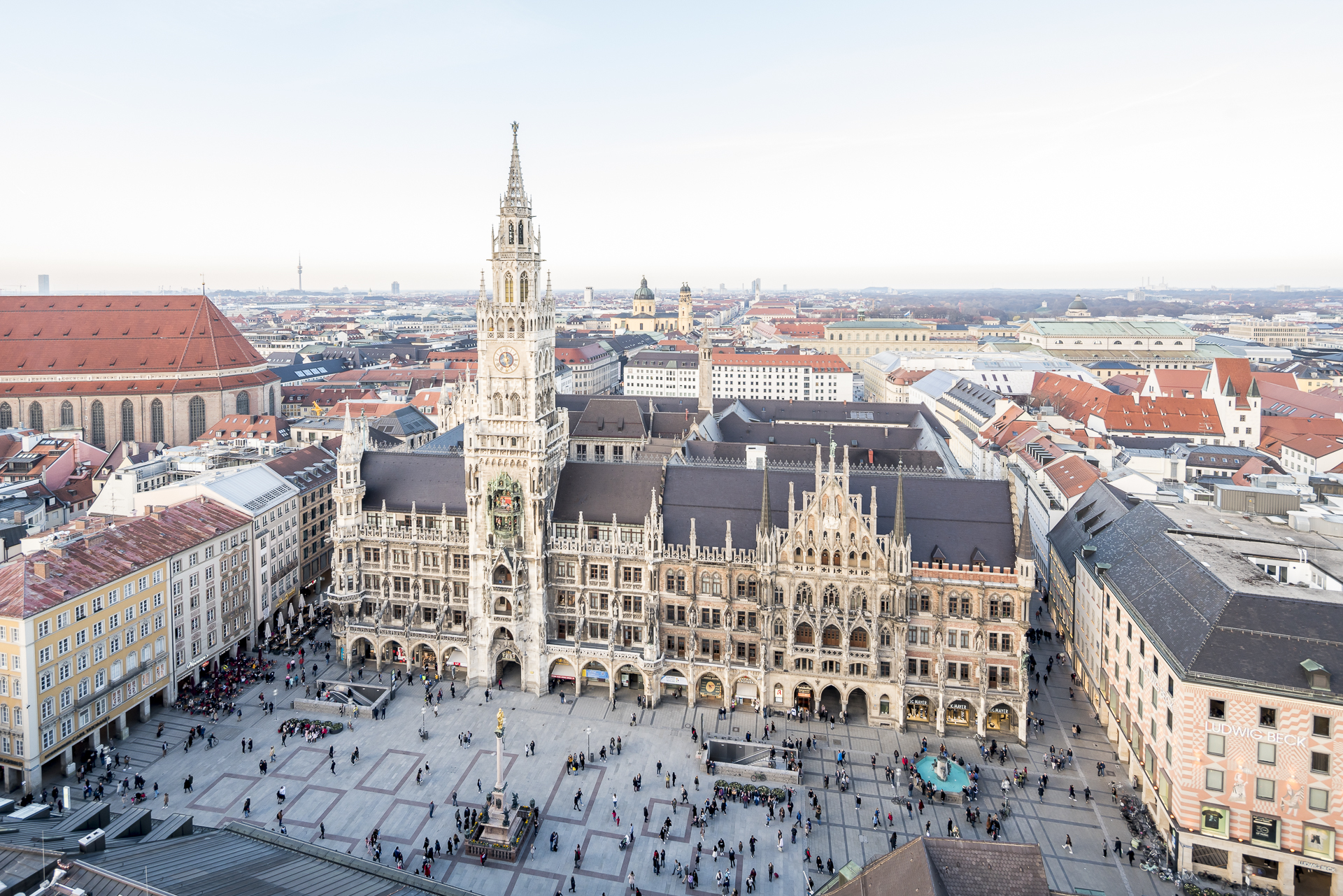
Munich with a difference: top tips for a cool weekend
Oktoberfest, beer and chic – these are the three keywords I associated with Munich. And since there are more exciting things for me, the state capital of Bavaria was not on my radar as a potential city break destination for a long time. It’s a bit ignorant if you live in Zurich yourself – a city that struggles with similar prejudices and still scores with cliché-free cool and casual places. It’s the same in Munich. We chose the most beautiful spring weather and explored the city extensively on a long weekend in March. Conclusion: I will come back – three days are definitely too short to explore all the exciting corners of the city.
Below I have summarized our top tips for a weekend trip to Munich. Among them are some classic sights, but also numerous spots that are not to be found on any top 10 list and present Munich in a new light.
Munich Tip #1: Old Peter with an overview
I start my tour of Munich at a “hotspot”. I don’t want to miss Marienplatz as the central square of Munich and the starting point of the extensive pedestrian zone. Directly adjacent to Marienplatz is the equally well-known Viktualienmarkt with its numerous tempting food stalls and the Alte Peter. The oldest mentioned parish church in the city is one of Munich’s landmarks and offers one of the best (and most cost-effective) views of the city with its viewing platform. The entrance fee is 3 euros plus a little sweat (the more than 300 steps can only be overcome on foot).

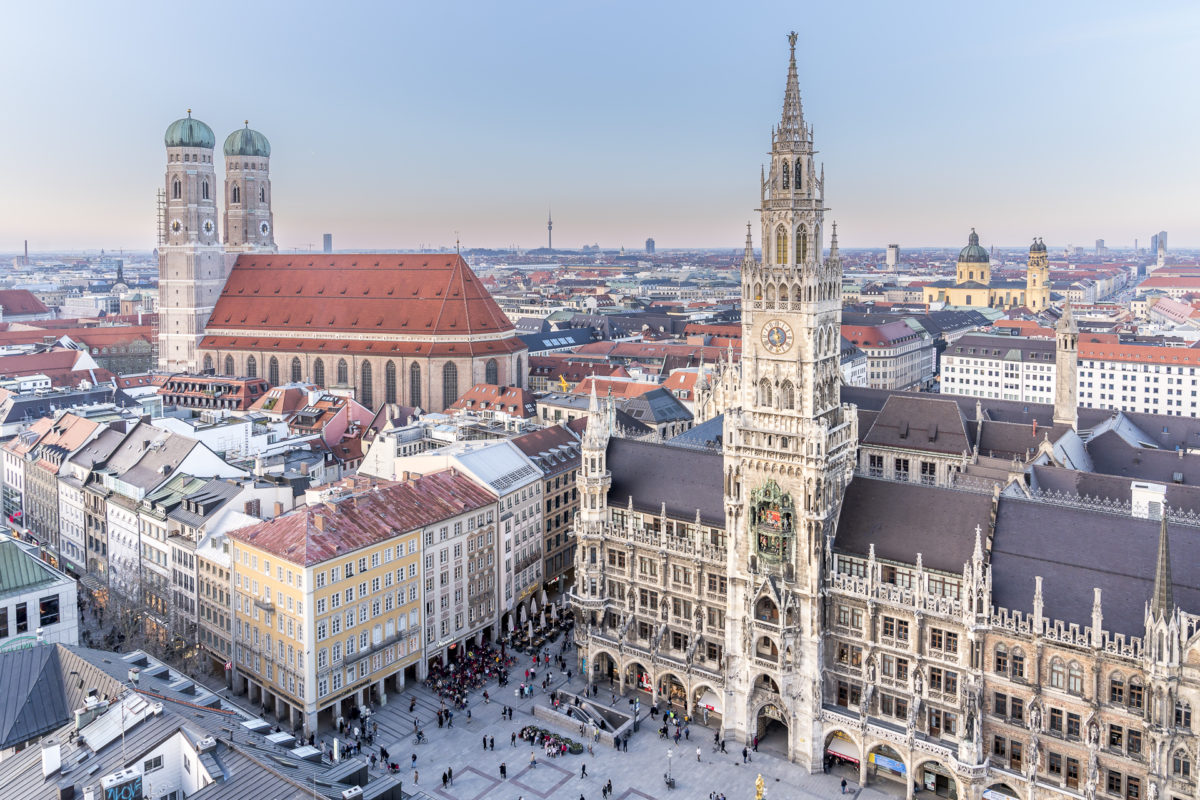
Munich Tip #2 Werksviertel-Mitte: a district in upheaval
Cranes, excavators and scaffolding dominate the cityscape southeast of the Munich East train station. The once purely industrial Werksviertel is in the midst of upheaval and is one of Munich’s most exciting construction sites. Since I myself have to deal with site conversions from time to time, I couldn’t miss a tour of the district. With luck, I dabbed exactly one of the Fridays on which one of the sought-after tours of the grounds through the Werksviertel-Mitte took place (to the schedule overview).
Even without a guided tour, a detour to the Werksviertel-Mitte is worthwhile. Where Pfanni once processed potatoes into ready-to-cook products, a new, colourfully mixed urban quarter is being created piece by piece. Residential space, studios, commercial space, sports and leisure uses as well as the new concert hall of the Bayerischer Rundfunk are to be located here one day. I find the ingenious interim use concept remarkable. These include the Container Collective, which adapts its location to the progress of construction. This spring, a Ferris wheel on the construction site of the Konzerthaus will complement the local attractions. For the next year or two, it will be possible to overlook the city (and the roof of Plant 3, where sheep live). Always exciting and for me in many respects an extremely enlightening detour.
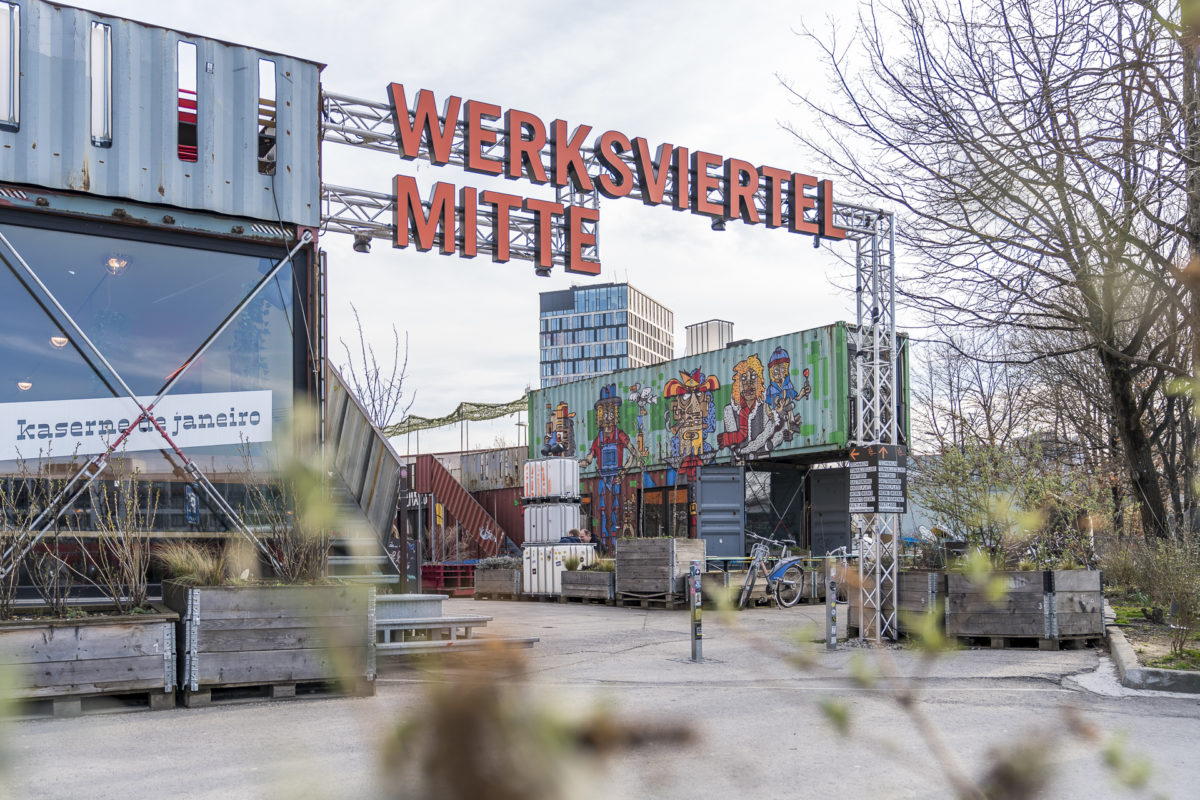
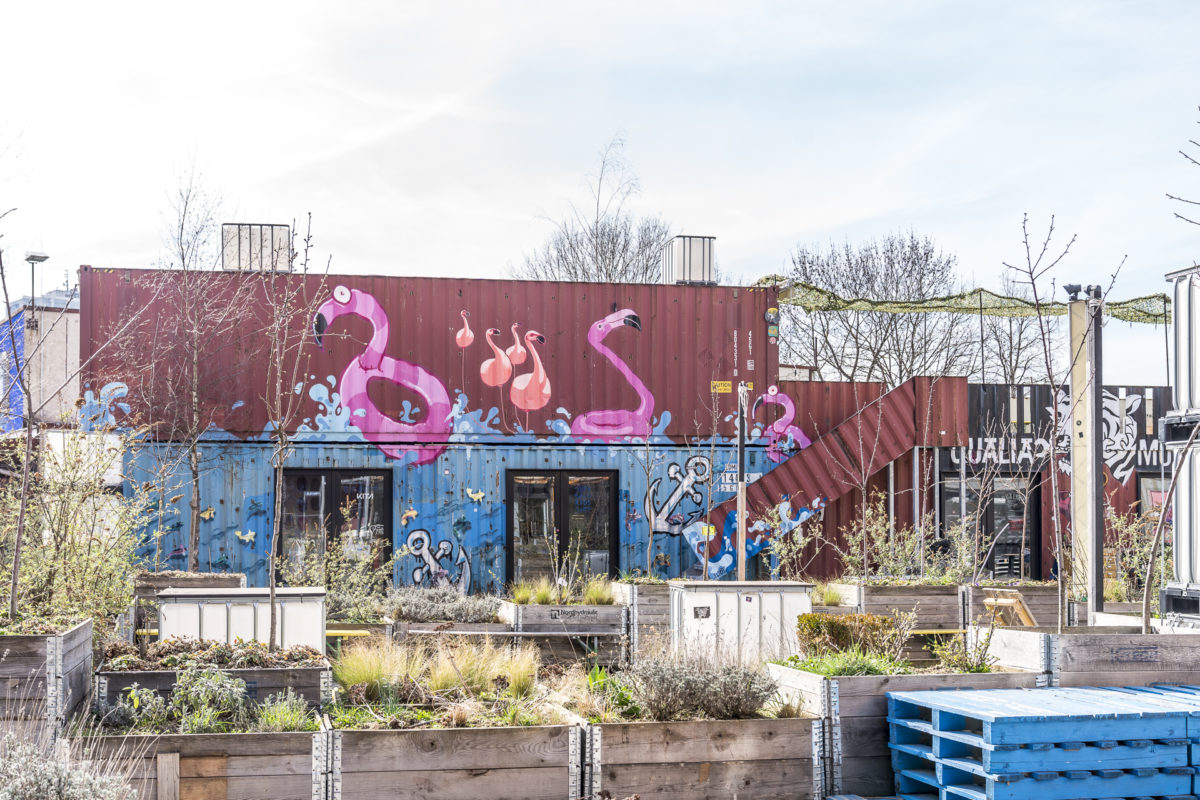
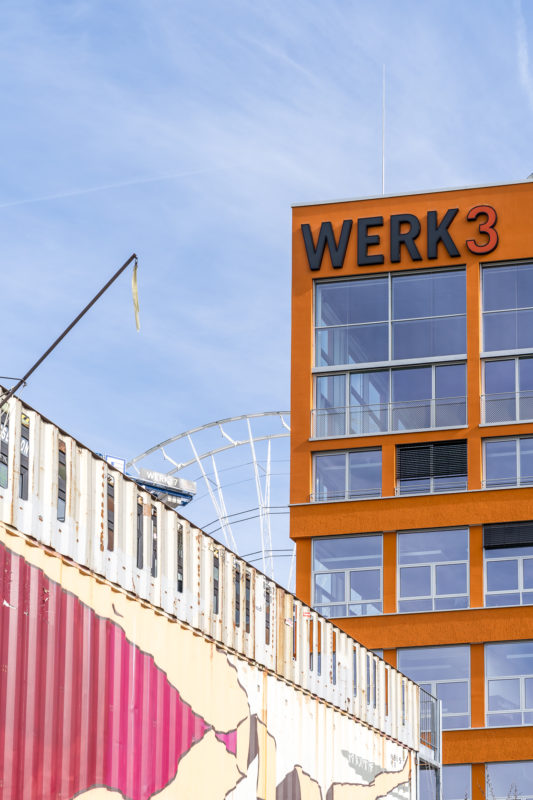
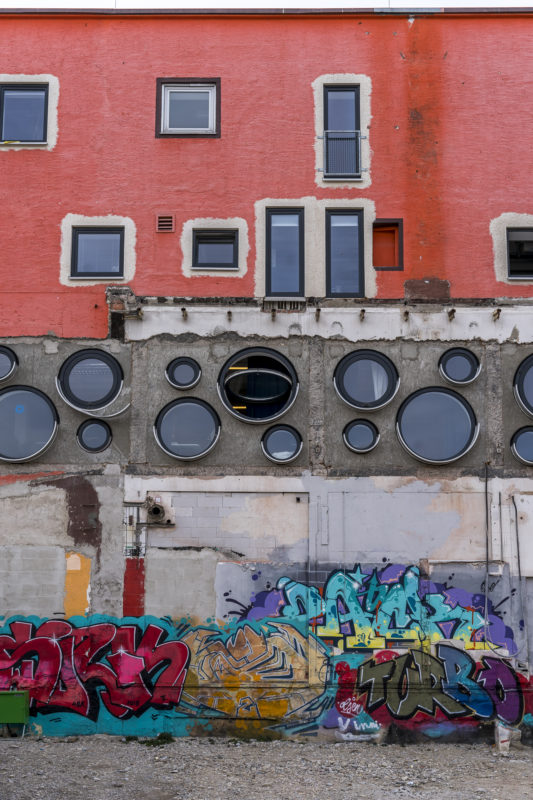
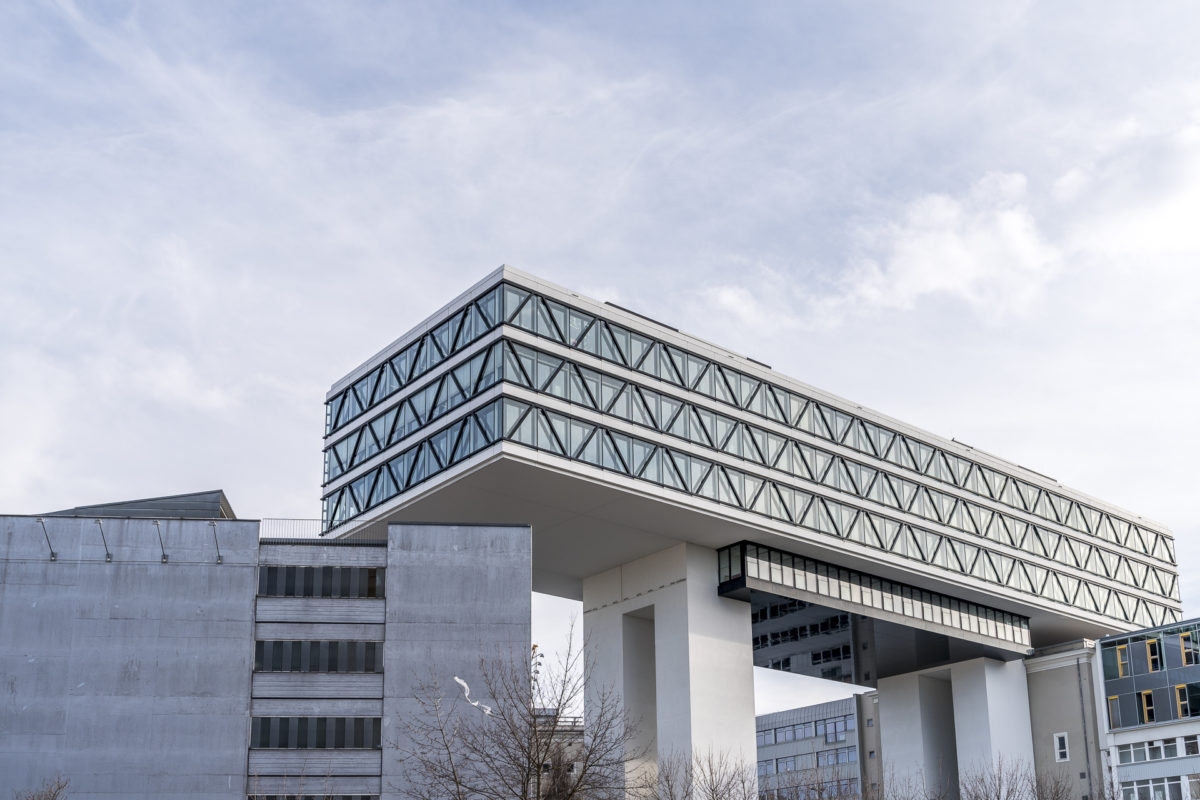
Munich Tip #3: Alternative shopping in the Glockenbachviertel
The counterpart to Zurich’s Bahnhofstrasse in Munich is Maximilianstrasse. Similar to Zurich, many alternative and small labels have also settled in Munich in the meantime. The only question is where to find them. A good overview is provided by the three-hour Slow Down Walk through the Glockenbachviertel. This spring, the tour will be carried out by the Munich city magazine MUCBOOK in the sense of a “pilot phase” and will show interested Munich residents (and foreign guests) selected shops in the Glockenbachviertel. Our tour starts at the “About Given” shop, where fair and organically produced clothing is sold. Owner Brigitte von Puttkamer attaches great importance to the fact that all products are also practical and durable – something that I find incredibly important. More unusual parts can be found at Akjumii a block further north. In the store with atelier, the two young label founders also make made-to-measure dresses on request.

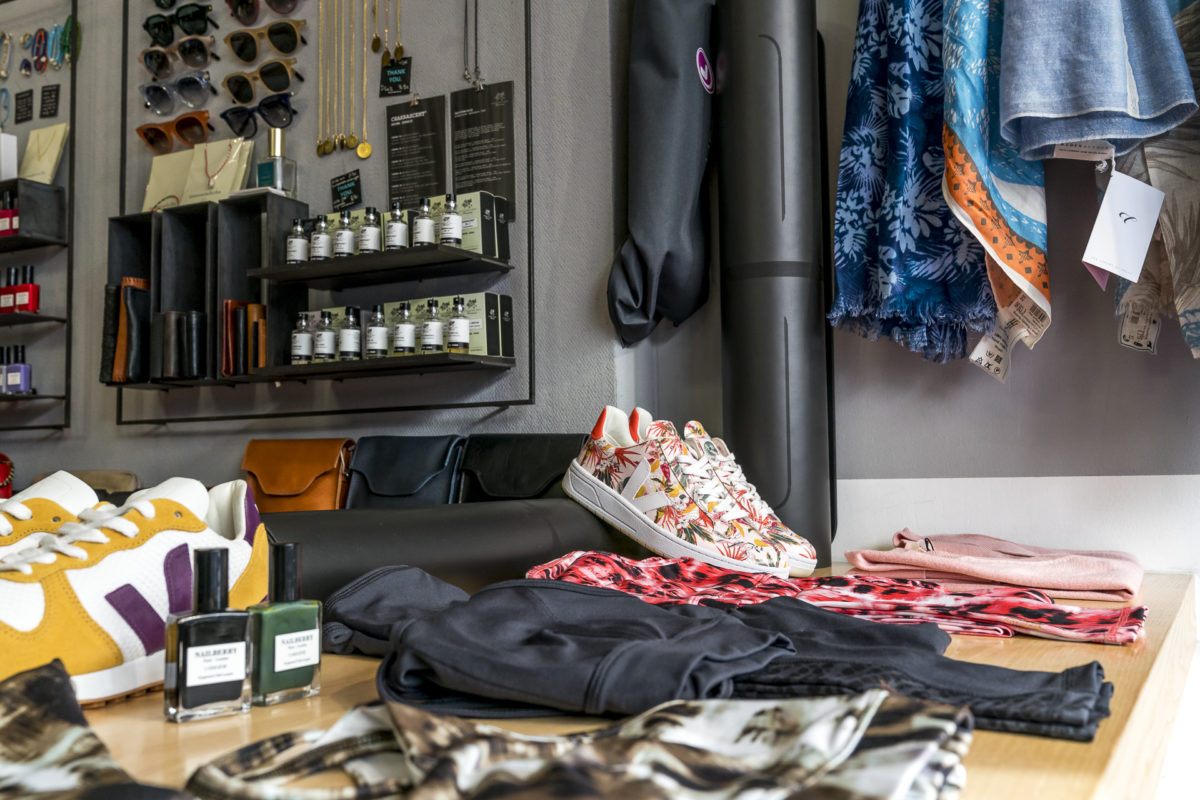
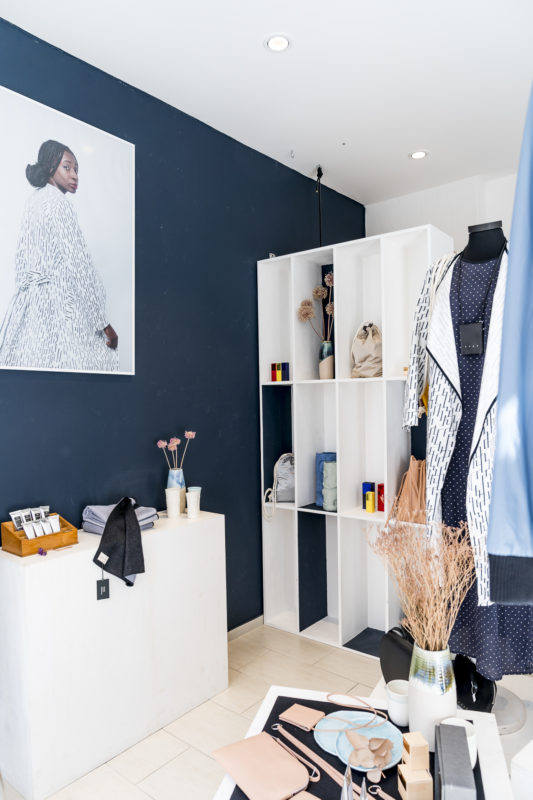

Vintage lovers should not miss the cabinet of curiosities of Alva Morgaine. “Most people come two or three times before they buy something for the first time,” Alva tells us. The first time, almost everyone is overwhelmed by the flood of collectibles and colorful patterned unique pieces.
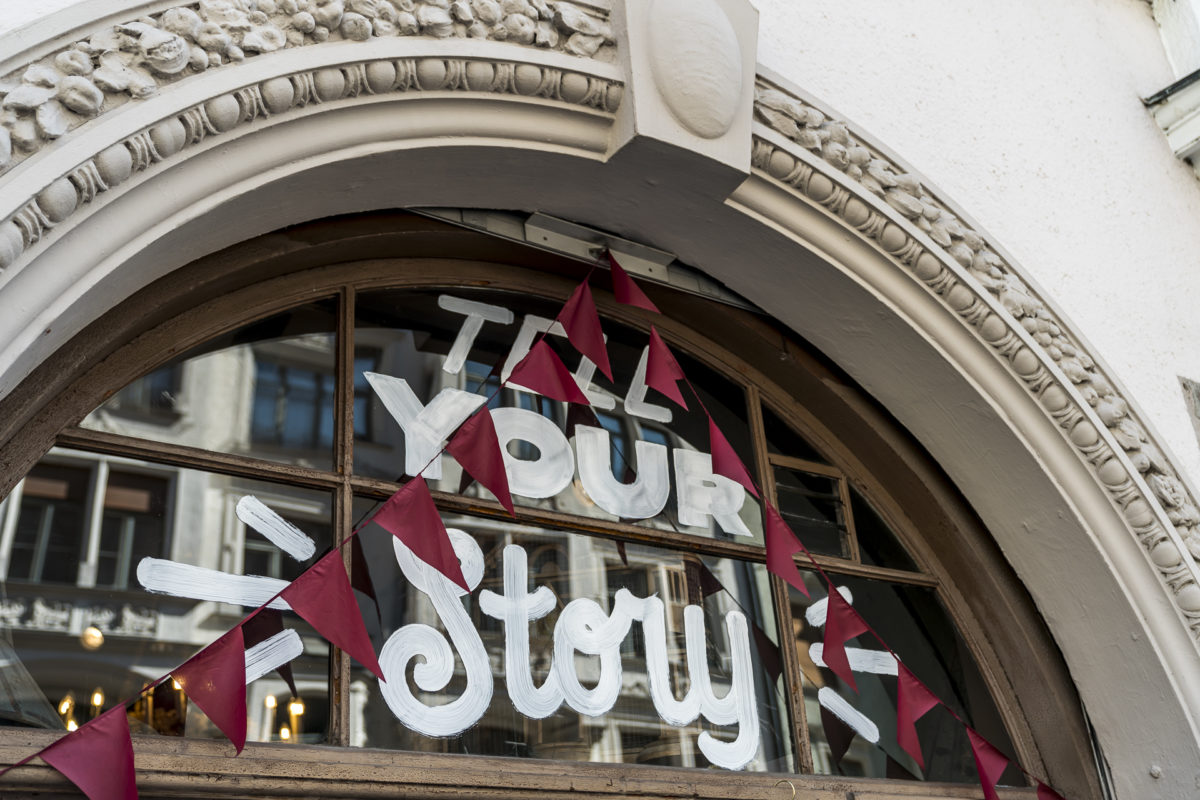
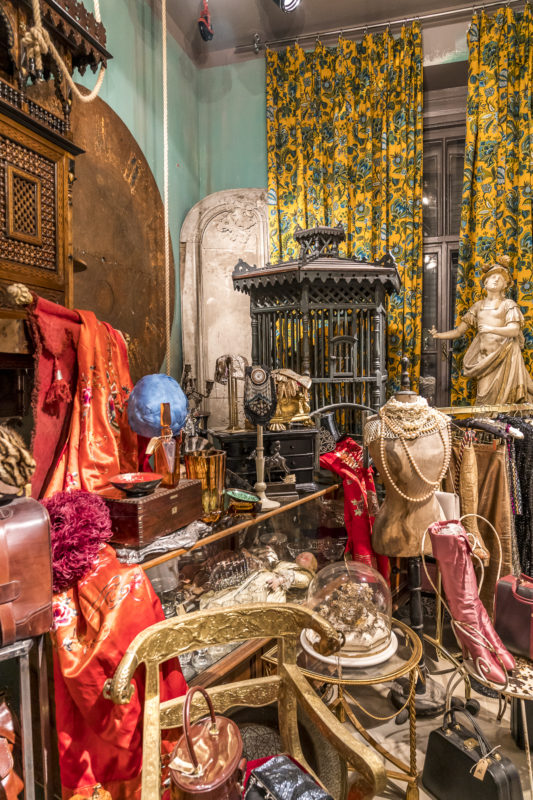
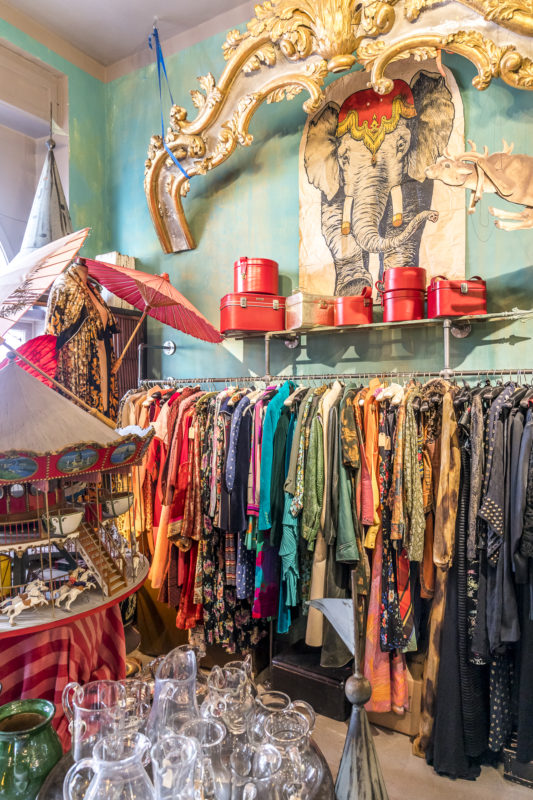
Organic café, organic fashion store and shop for extraordinary gift ideas all in one is the Phasenreich in Reichenbachstrasse. A wonderful place to browse and shop for a nice piece or two.

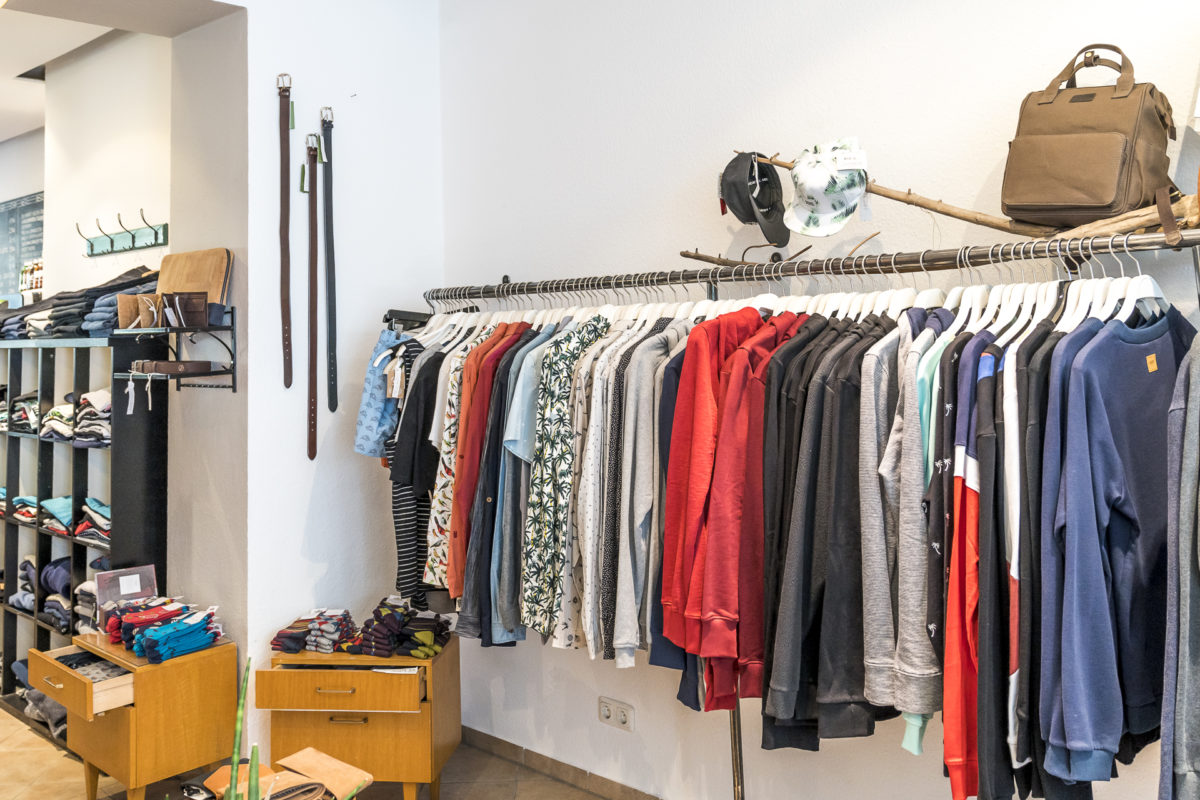
Munich Tip #4: Insight and far-sightedness in the Olympic Park
After a leisurely morning walk through the Glockenbachviertel, the focus is on faster tempos in the afternoon. It’s hard to believe, but one of Munich’s main attractions is the bustling BMW Welt in the north of the city centre. The car manufacturer’s combined exhibition, delivery and event hall, right next to the Olympiazentrum underground station, can be visited free of charge. We took a short walk through on the way to the BMW Museum behind it. While a visit to BMW Welt is free of charge, admission to the museum costs 10 euros. The current temporary exhibition “BMW i. Visionary Mobility” offers interesting insights into the topic of electric mobility. The rest of the museum didn’t blow my socks off, but I’m not a car freak either.
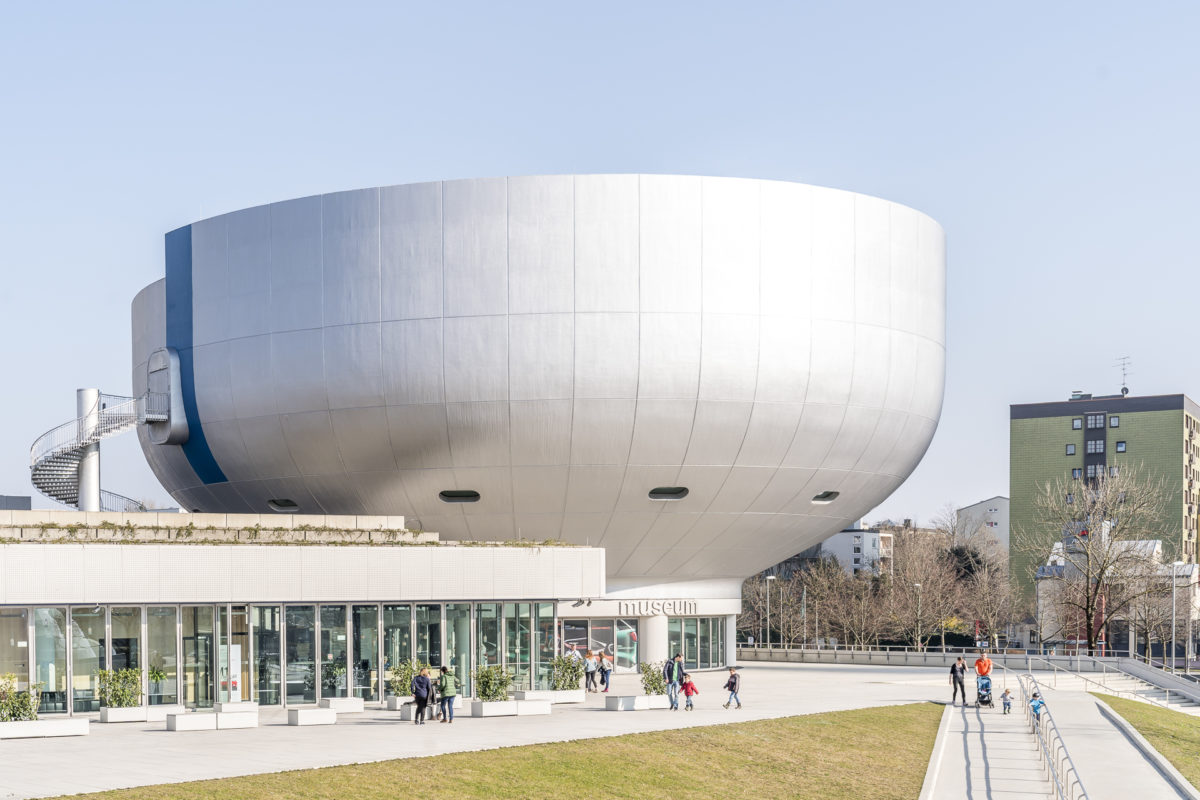
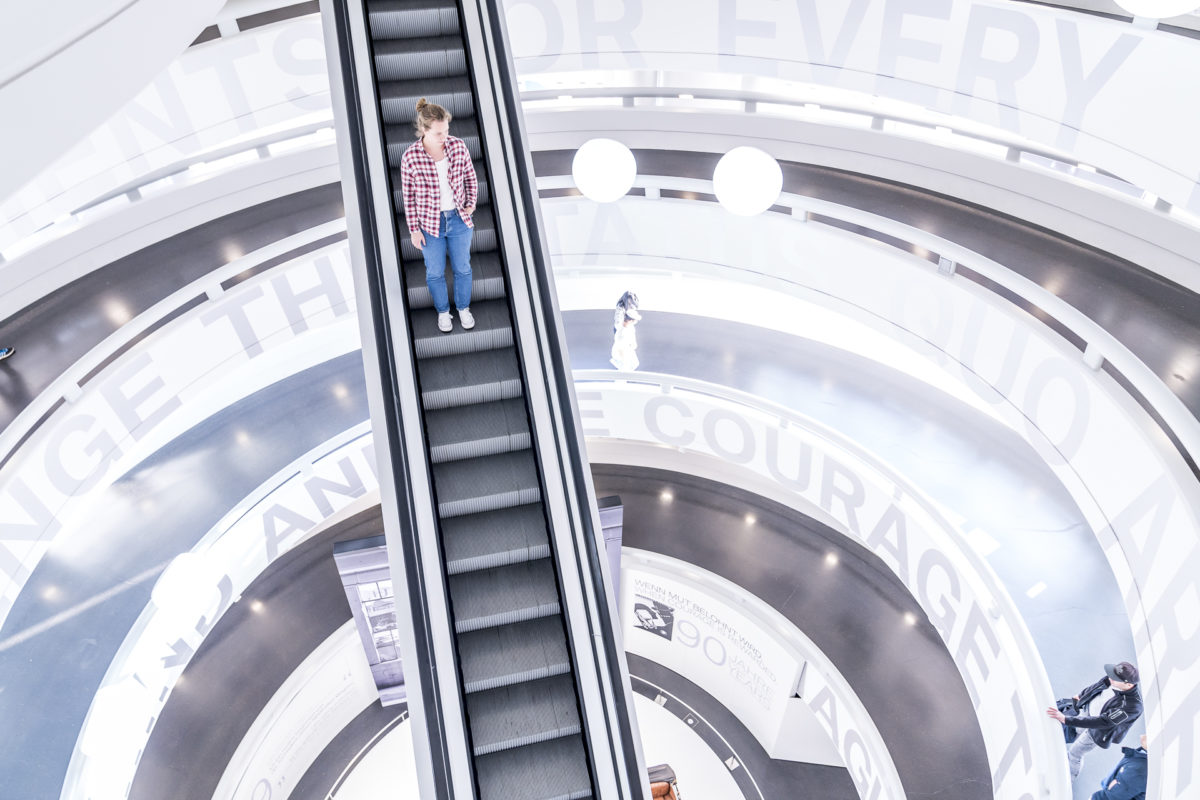
The detour to the Olympic Centre is not only worthwhile because of the BMW Welt and the museum, but also because of the extensive Olympic grounds and the Olympic Tower. On the one hand, I can recommend the freely accessible walk up to the Olympic Mountain. On the other hand, there is the best view from the 291 m high Olympic Tower (cost 9 euros). Below the three-story observation deck is a revolving restaurant. It’s worth aiming for the sunset when the weather is nice.
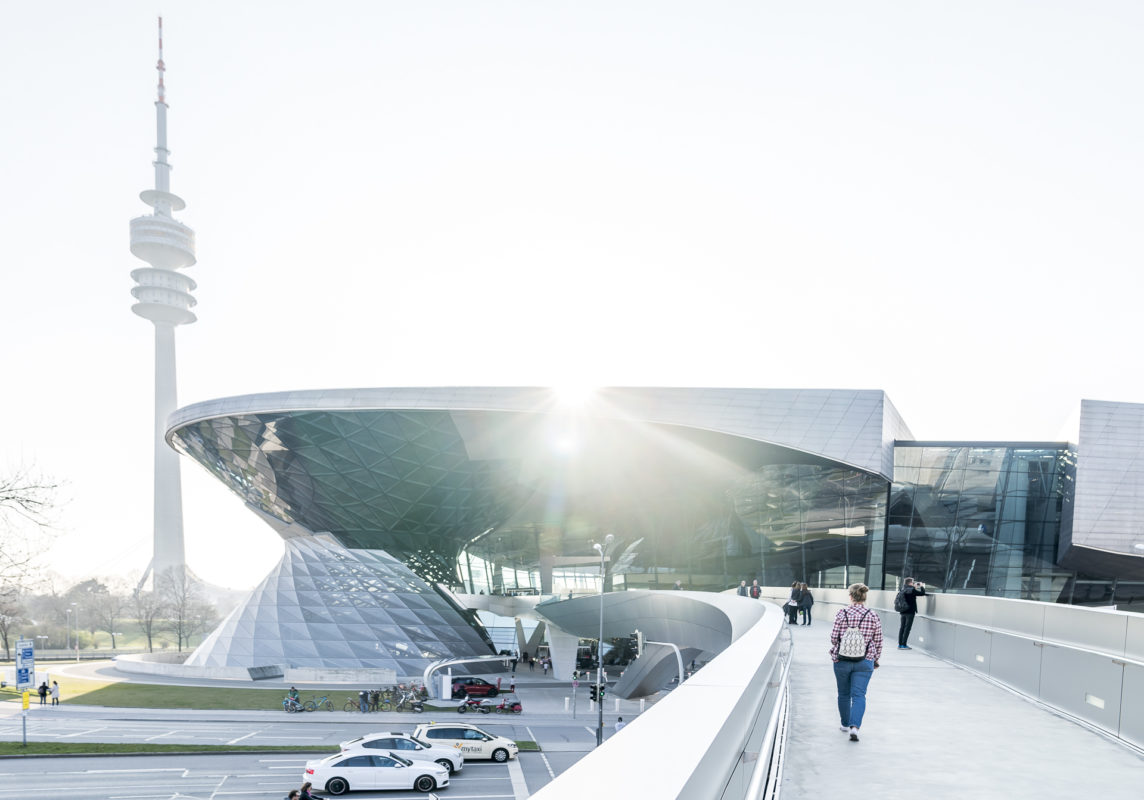
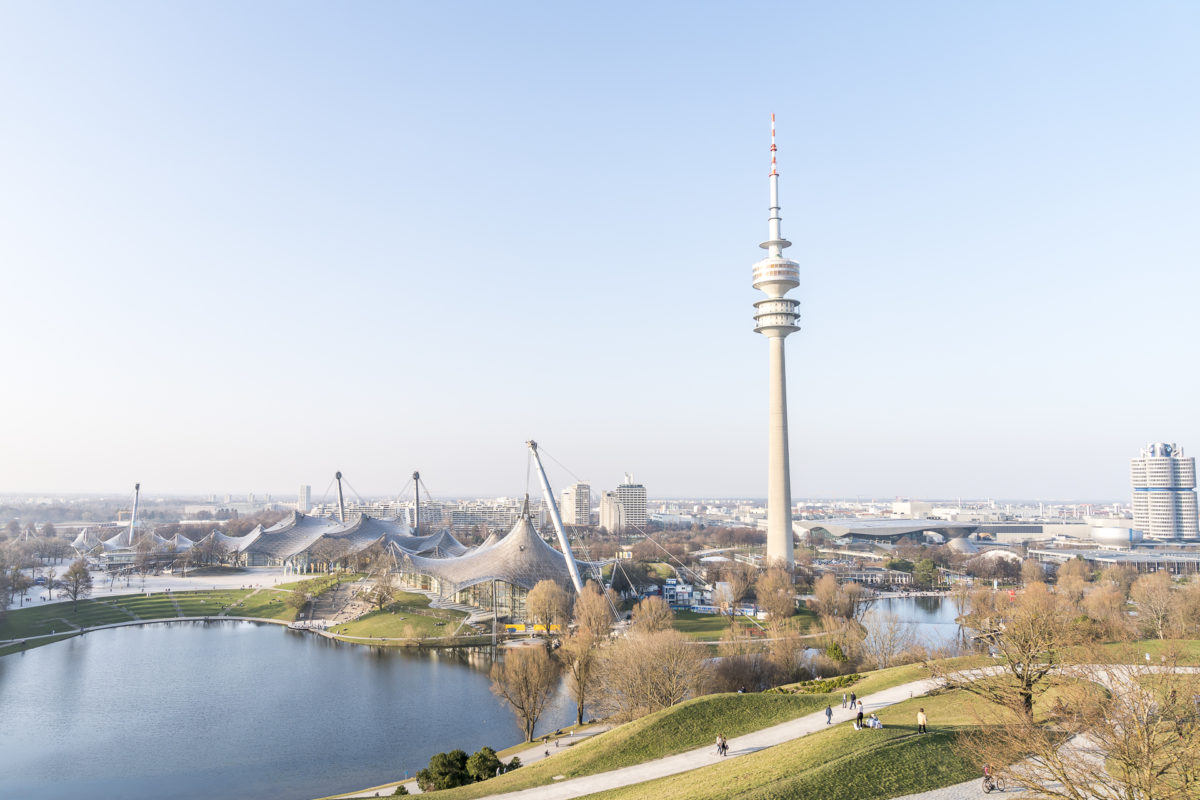
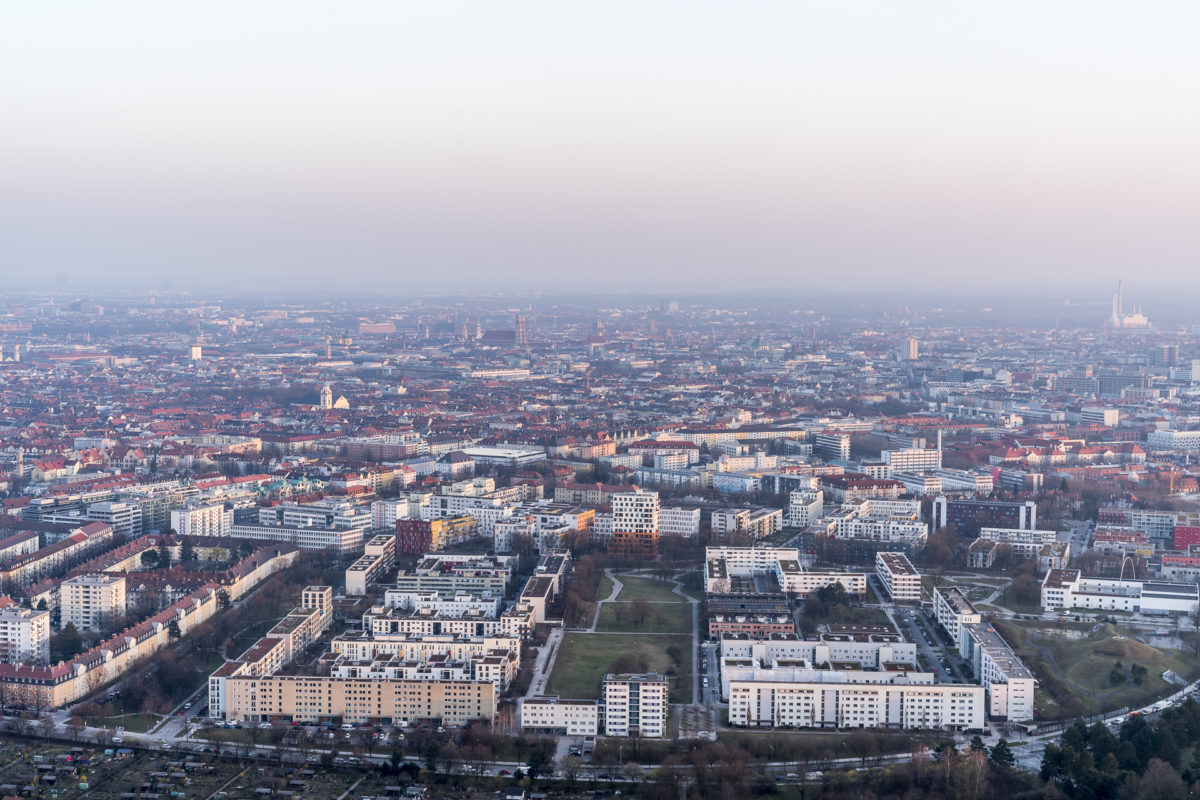
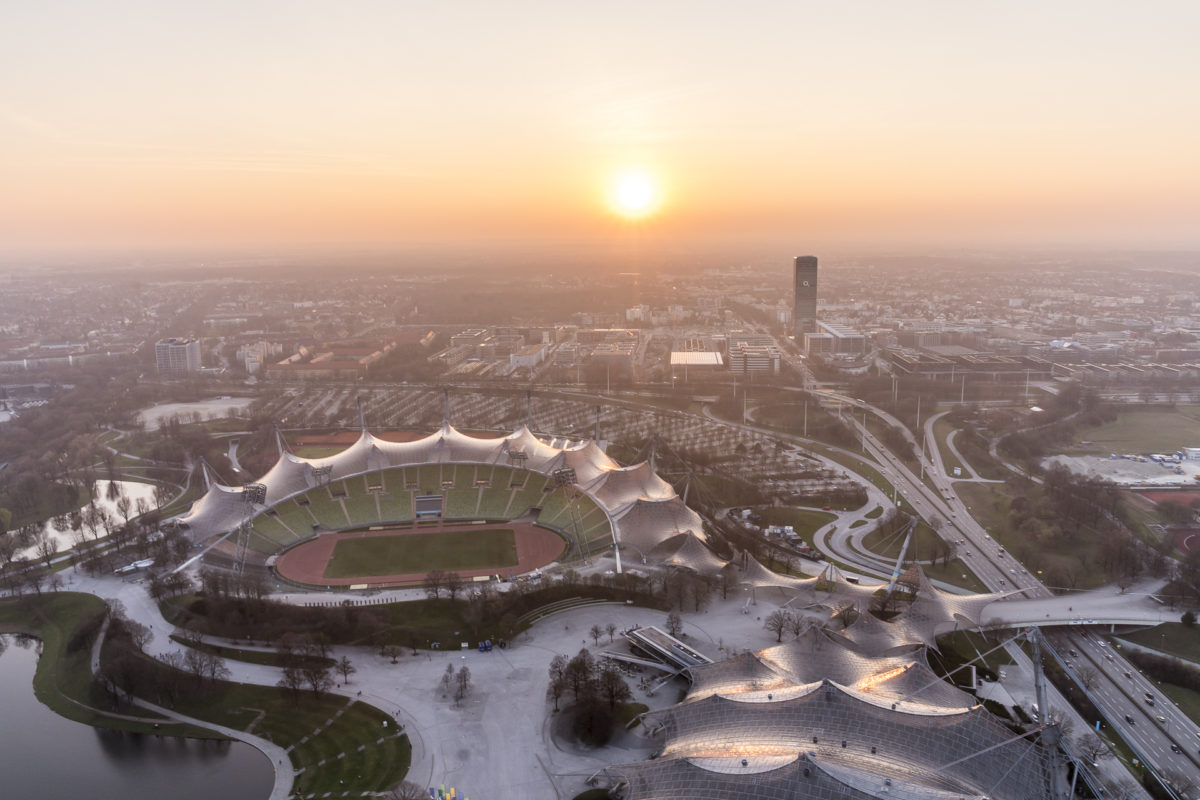
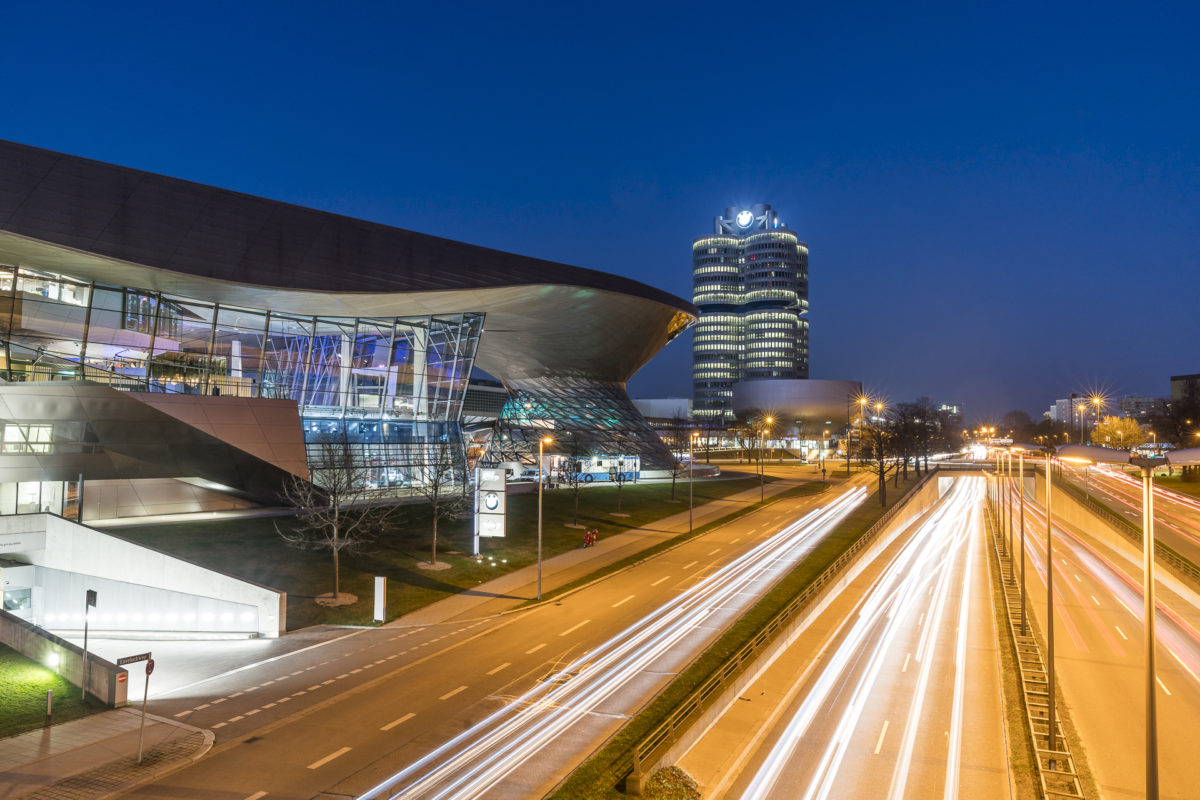
Munich Tip #5 Culture in a nutshell: Kunstareal München
In the centrally located Maxvorstadt in the middle of Munich, a 500 x 500 metre perimeter is home to a compact range of around 25 museums, exhibition halls and cultural institutions. Surprisingly, many people are not aware of the abundance of well-known works of art and institutions with which the Kunstareal München scores. And so, early on Sunday morning, we are greeted by a yawning emptiness in front of the Alte Pinakothek – only on the spacious meadow in front of it has someone already secured their place in the sun. This is an ideal time to admire the imposing rooms of the Gemäldegalerie on the upper floor (admission costs only one euro on Sundays).
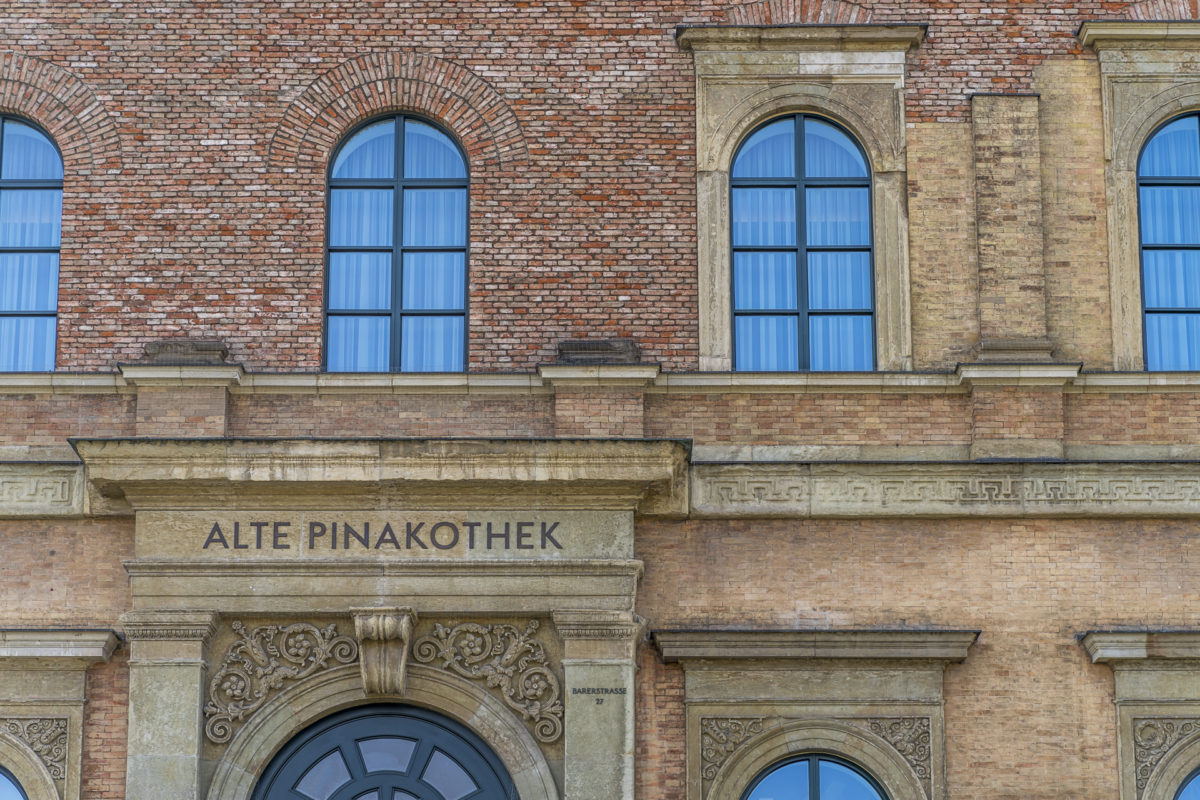
In addition to the Alte Pinakothek, it is also worth taking a look at the Pinakothek der Moderne (if only because of the imposing twelve-part glass dome in the entrance hall) and a visit to the Museum Brandhorst, which is dedicated to modern and contemporary art.
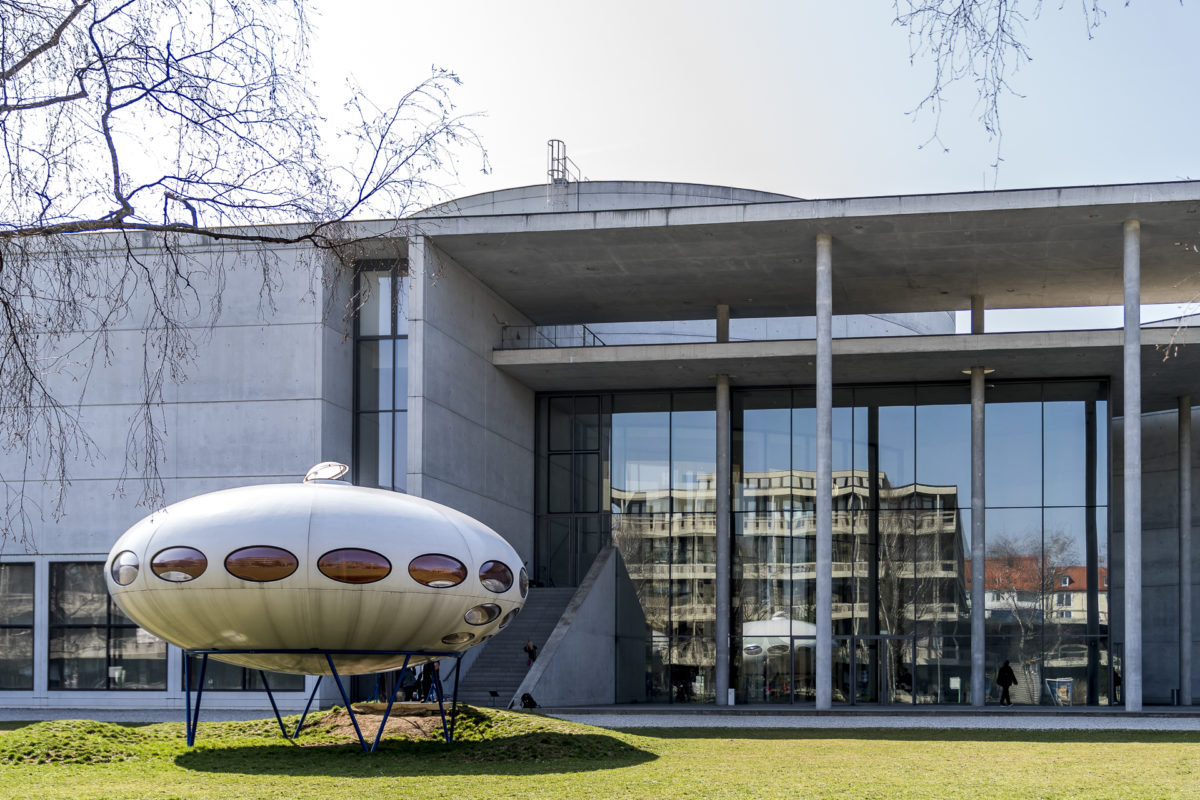

Overall, the mix of architecture in the Kunstareal is exciting, which reveals a lot about Munich’s past. In addition to modern museum buildings, there are buildings of European classicism, listed city villas such as the Lenbachpalais, contemporary witnesses of National Socialism and, right next to it, the strictly cubic National Socialist Documentation Centre, which opened in 2015.

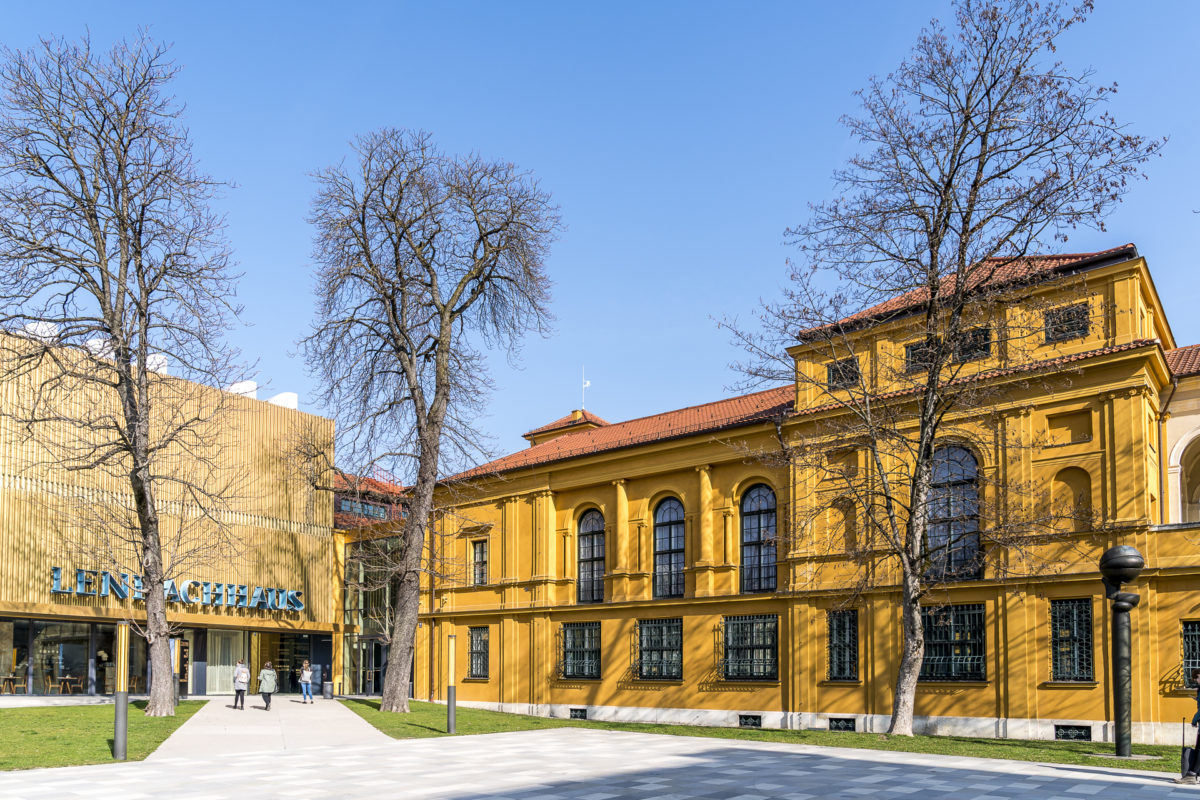
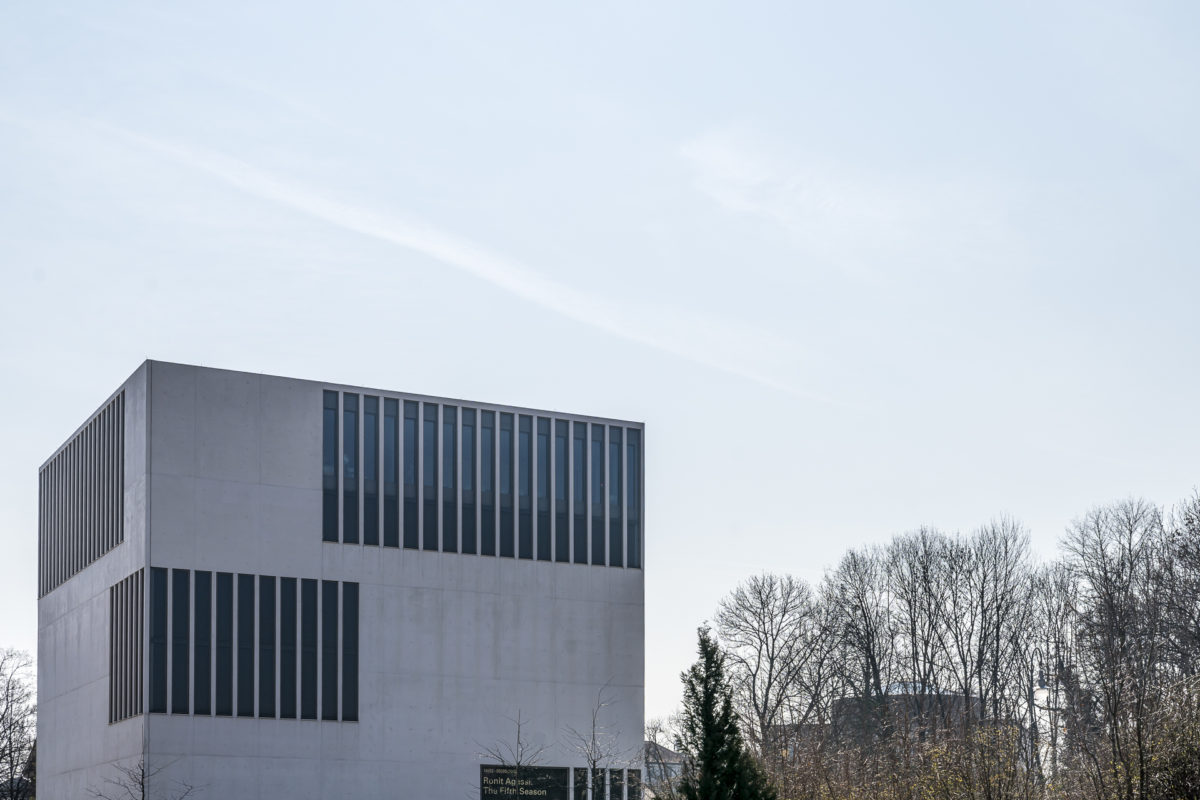
Tip: take half a day for a stroll through the art area. Start at Königsplatz and then pick out two or three museums. The café in the Vorhoelzer Forum offers a nice overview of the area (not easy to find, as it is located at the top of the building) and fine ice cream is available directly opposite the Museum Brandhorst at the Ballabeni Icecream headquarters.
Munich Tip #6: Detours are worthwhile here
Architecture fans will find some exciting photo spots in Munich, some of which are hidden inconspicuously from the outside in courtyards or backyards.
It’s no secret that there are some beautifully designed U-Bahn stations in Munich. If you want to take pictures here, it’s best to get a photo permit in advance.
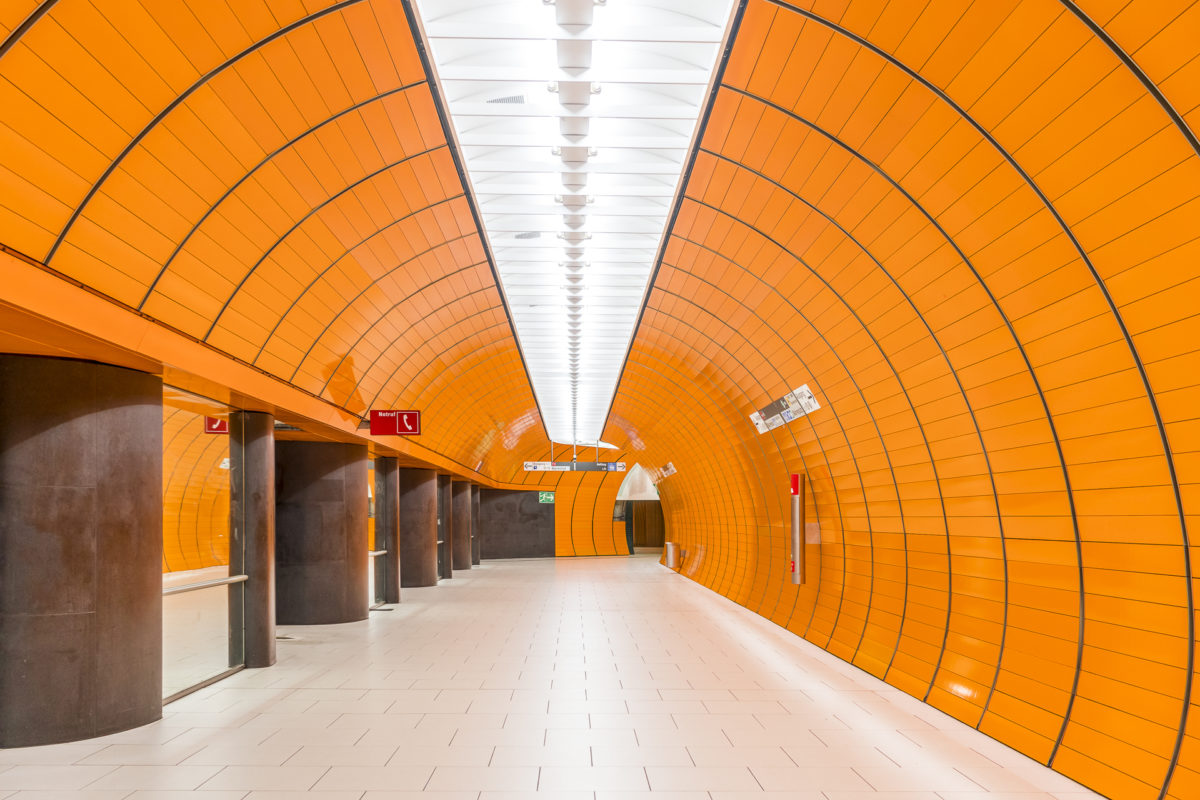
Less well-known is probably Munich’s endless staircase. The artwork by the Danish artist Olafur Eliasson is hidden away at Ganghoferstrasse 29 and makes a great photo motif.
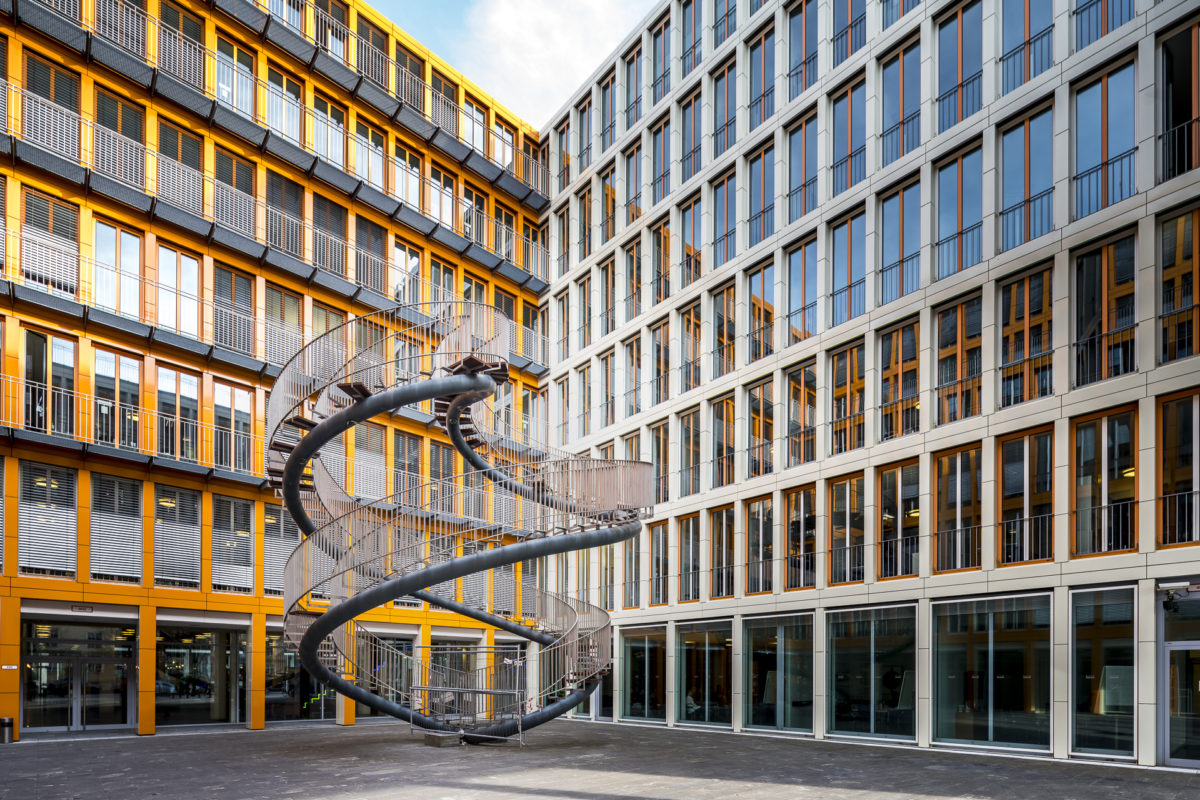
The Jewish Museum at Sankt-Jakobs-Platz also offers an exciting subject. What is interesting here is the harmonious ensemble effect of synagogue, museum and community centre and the contiguous square area in between.
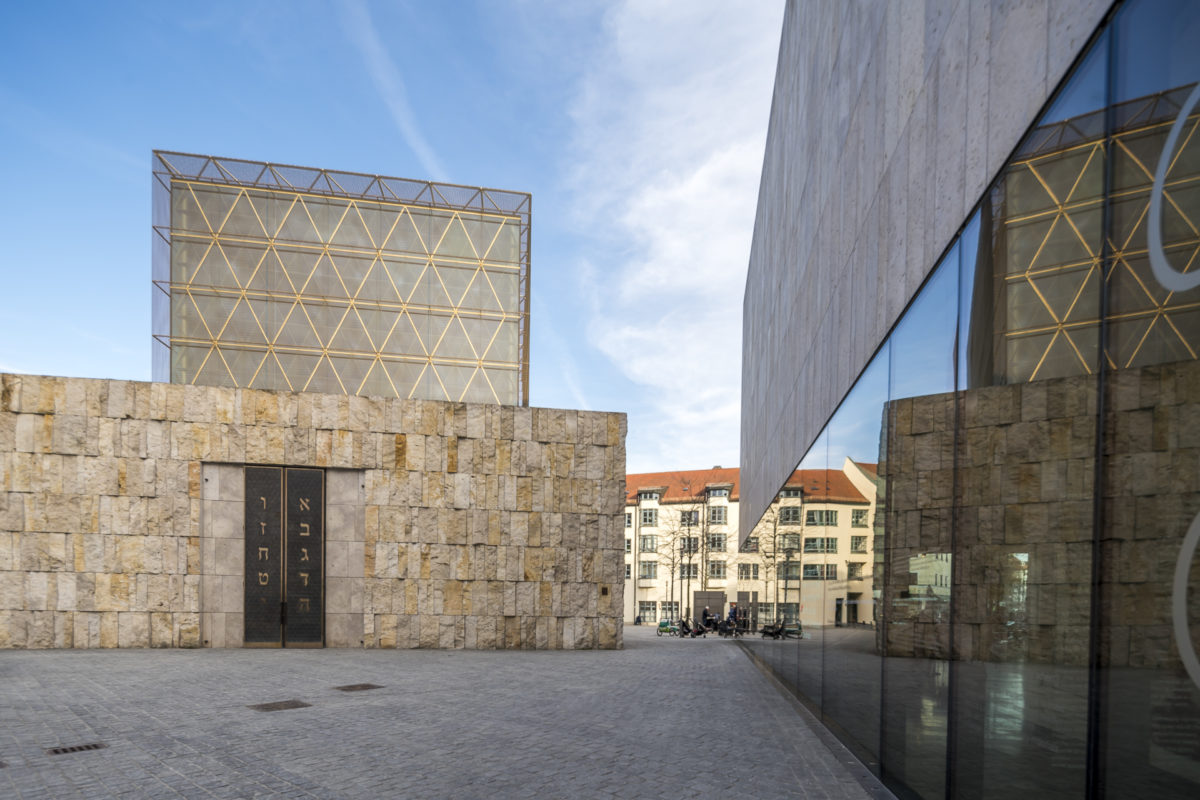
In any case, the centrally located Five Courtyards are worth seeing. The shopping arcade in the middle of a historic building fabric was implemented by Herzog & de Meuron and inspires with beautifully designed courtyards equipped with works of art. Even those who don’t like shopping, to which I count myself, can discover exciting things here while strolling through (always looking up).

Munich Tip #7: Hang Loose in the English Garden
Definitely one of Munich’s top sights and a “must” when the weather is nice, is a walk or bike ride through the English Garden. I recommend a stop at the Eisbach wave, where daring surfers plunge into the treacherous wave, as well as a detour to the beer garden at the Chinese Tower – a simply curious sight.
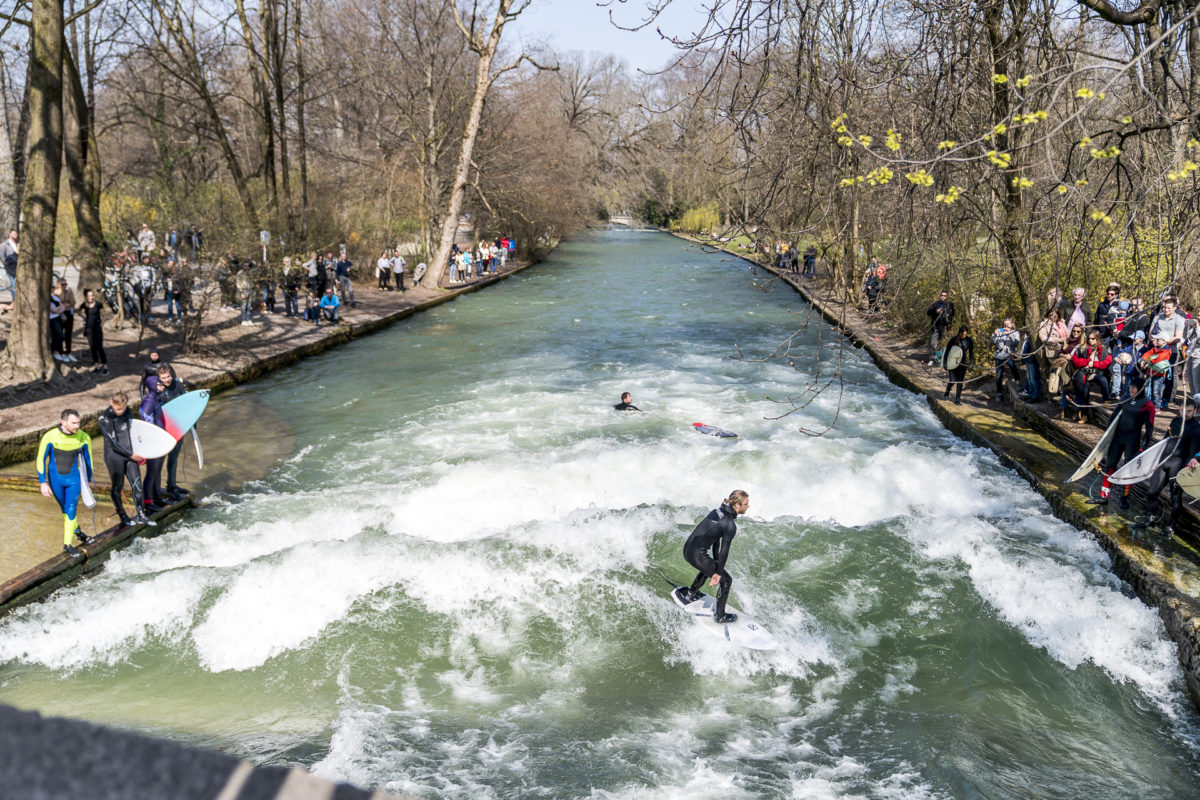
Munich Restaurant Tips: Bavarian Cuisine with a Twist
We actually managed not to take a break in a single beer garden during our three-day visit to Munich. For this purpose, we have some restaurant tips for you here that reinterpret Bavarian cuisine and focus on local products.
For example, in the Meisterstück in the Haidhausen district. In the small restaurant, everything revolves around selected Munich master brewers and butchers. The meat from the craft businesses is either grilled or prepared in the smoker and served with breads from the Schmidt bread manufactory. In the backyard, the in-house beer called Hopfenhäcker is also brewed. If you like meat and beer, then I recommend you to order a Red Munich and the Feuer Combo consisting of Haidhauser Bratwurst, Irschenberger Käsekrainer, Sauerkraut and potato salad. Good and cozy.
Update 2022: unfortunately the restaurant Meisterstück is permanently closed
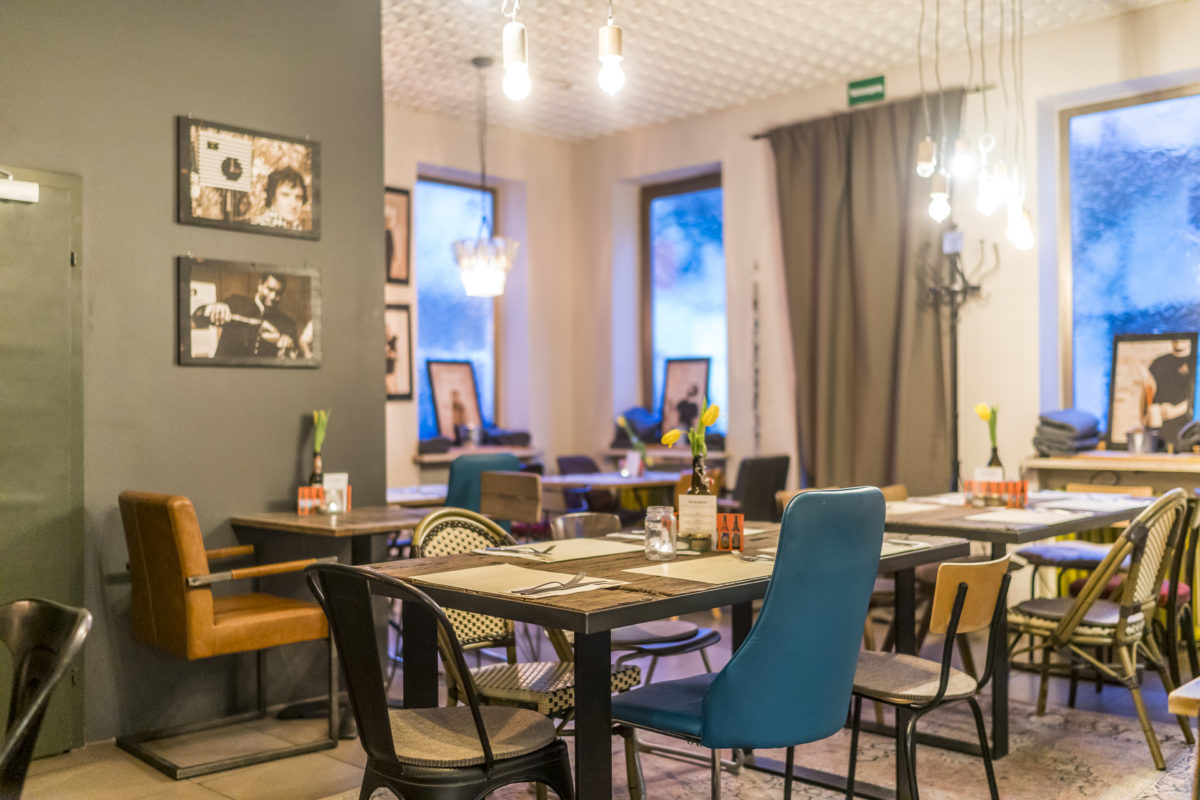
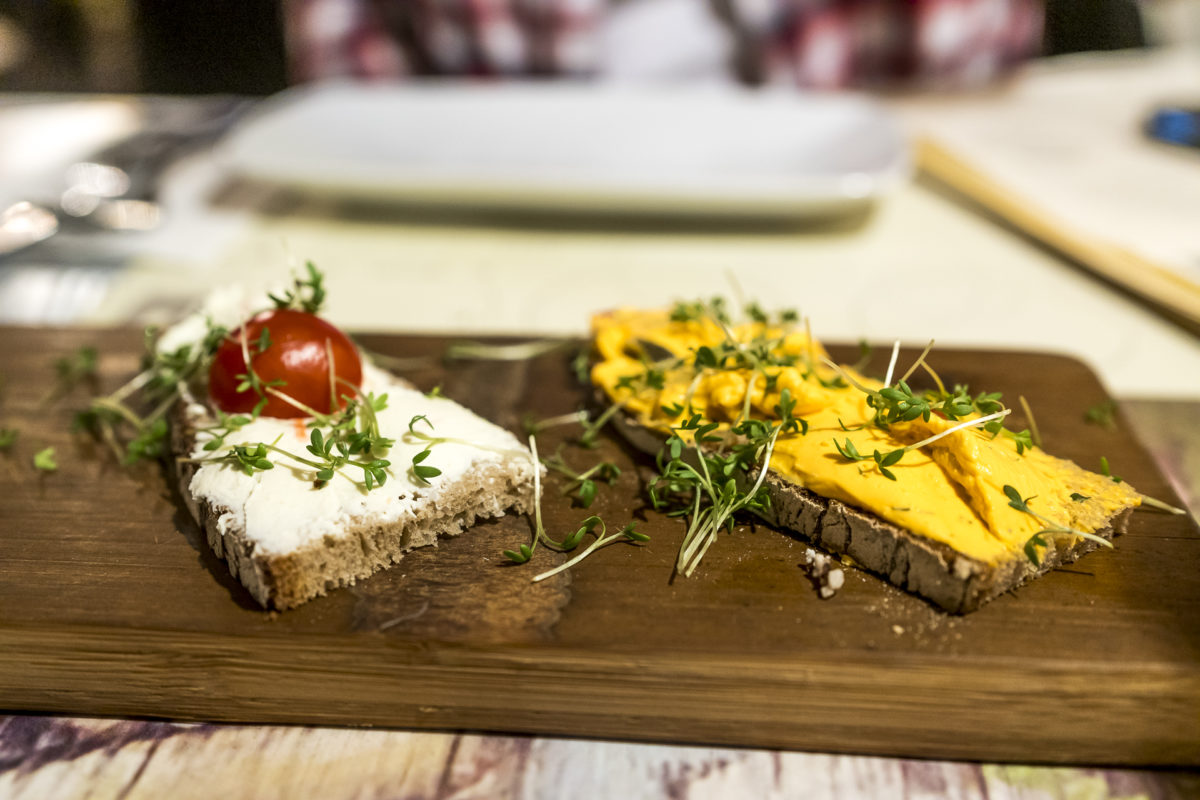
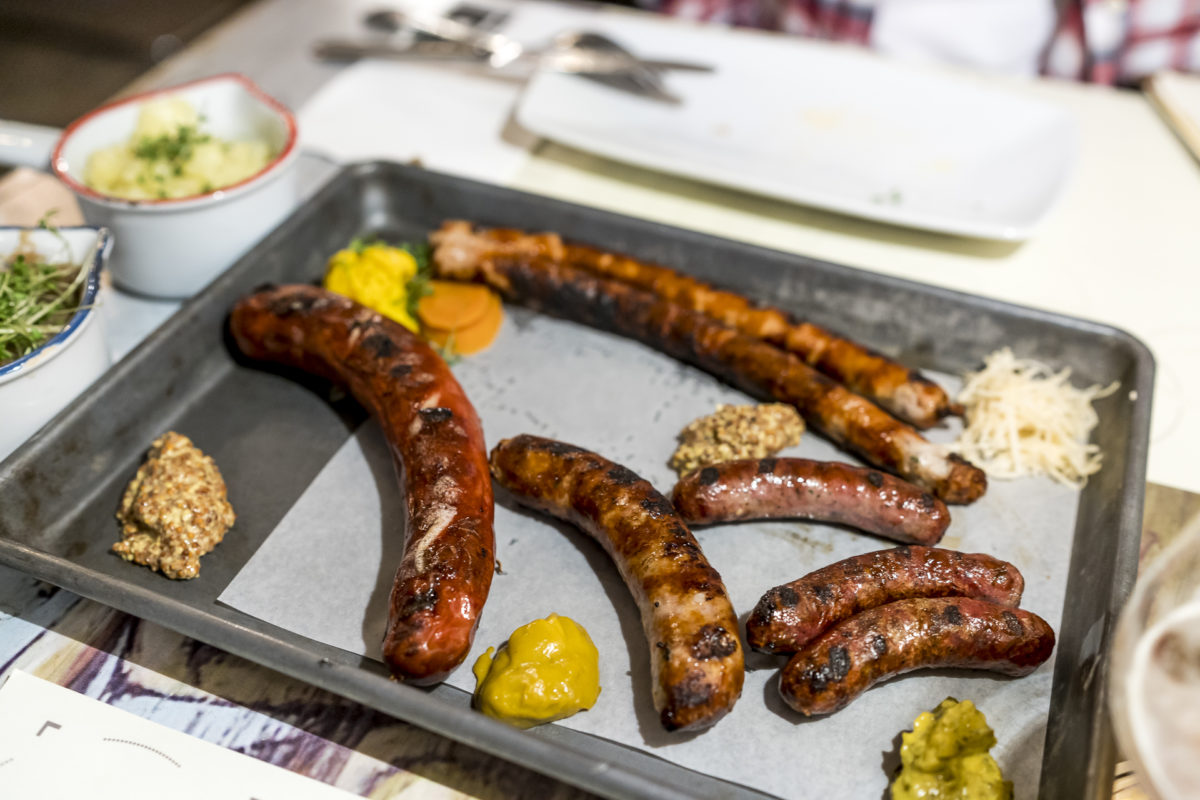
It is bigger and more crowded in the Bapas. However, the innovative restaurant convinces with a well-divided room concept and a delicious menu that includes Bavarian specialties in “small”. So you can try bite-sized mini roast pork, Kasspatzn, Leberkäse and Reiberdatschi without a guilty conscience towards the figure. If you are a little more hungry and thirsty, you can dare to try the beer pairing menu. We only tried the last course (mini chocolate gugelhopf with Riedenburger cones dark) and found the combination absolutely great.
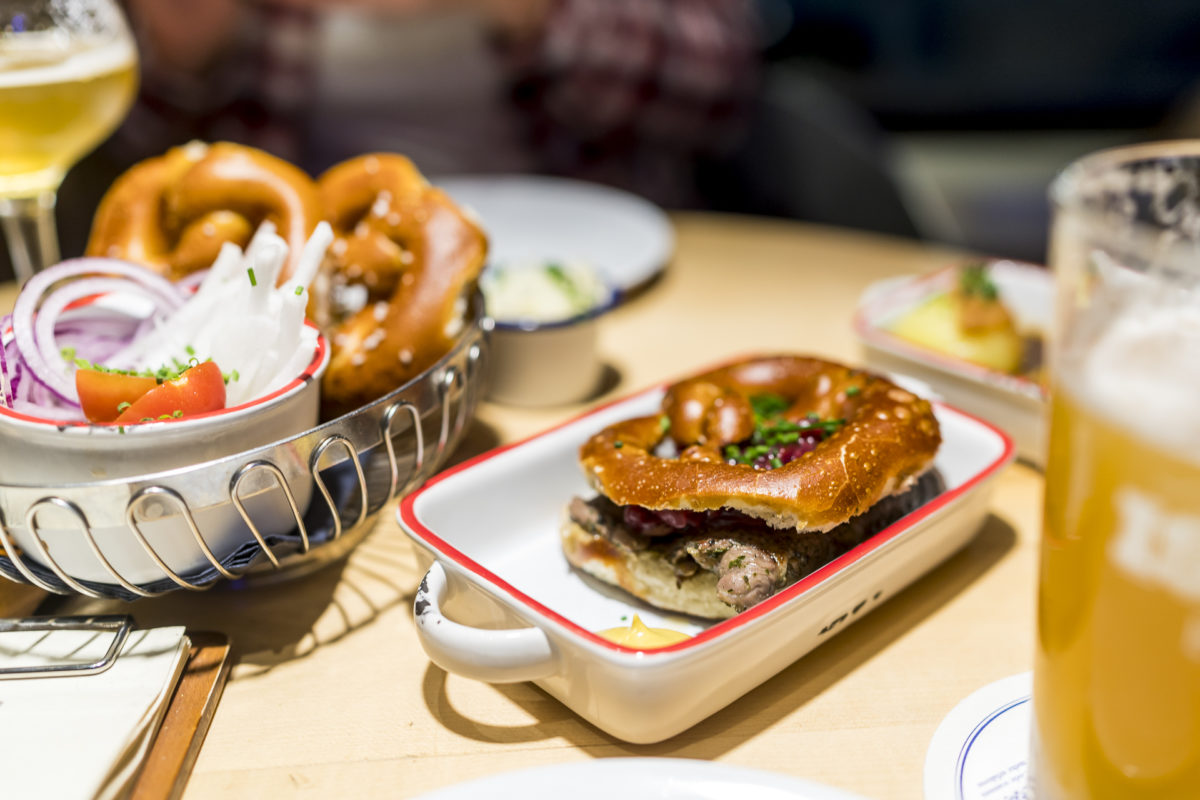
Modern Bavarian cuisine at a high level can be found at Schwarzreiter, where Germany’s youngest star chef Maike Menzel is currently working. The restaurant is located in the Hotel Vier Jahreszeiten Kempinski at the posh address – but sympathetically you can also drive up there in casual clothes by bike without any problems and is also welcomed nicely (we have tested it). There is a fine dining and a casual dining menu. The dish shown below is a course from the casual dining menu (Smoked Char Königssee) and costs 17 euros.
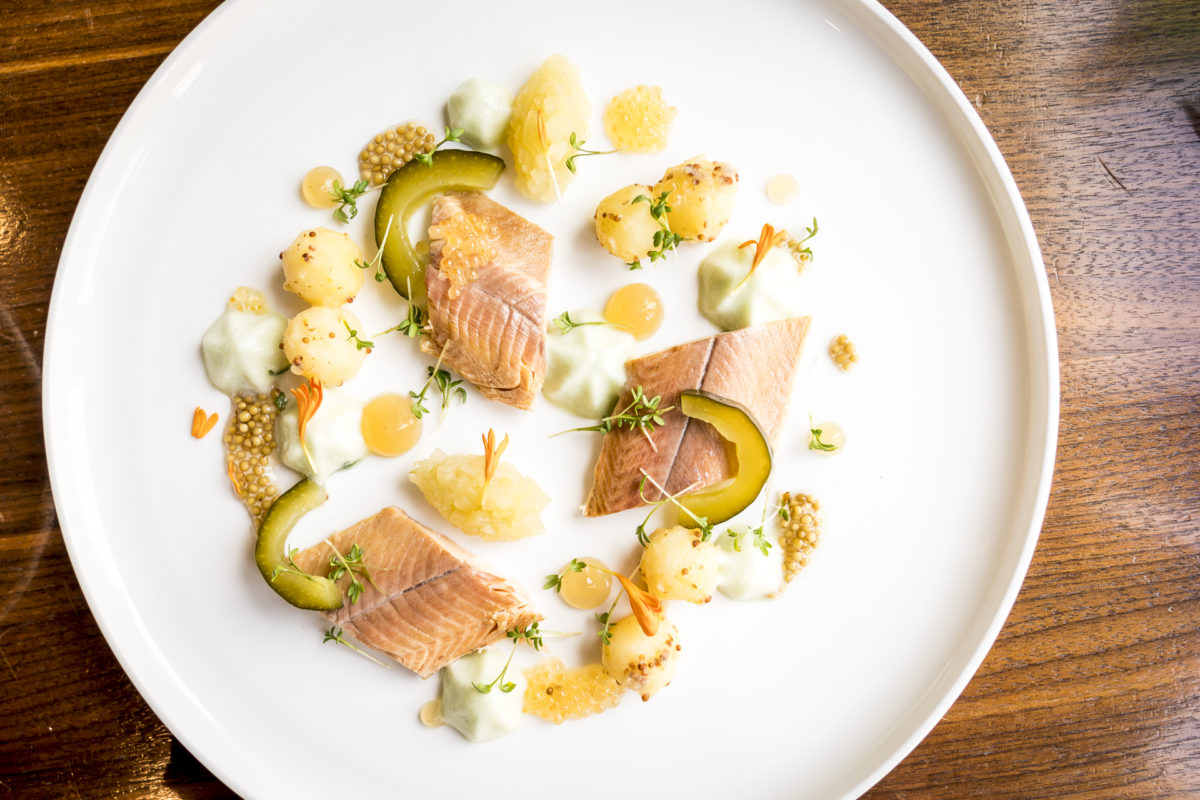
Even though there are vegetarian options at both Meisterstück and Schwarzreiter, I recommend vegetarians to have lunch at Tian Munich at this point. After the Tian in Vienna already cooked up a Michelin star in 2014, the Munich branch has now also been honoured with a star. At lunchtime, the Tian Light Lunch (3 courses, 47 euros) offers a nice excerpt of vegetarian gourmet cuisine.
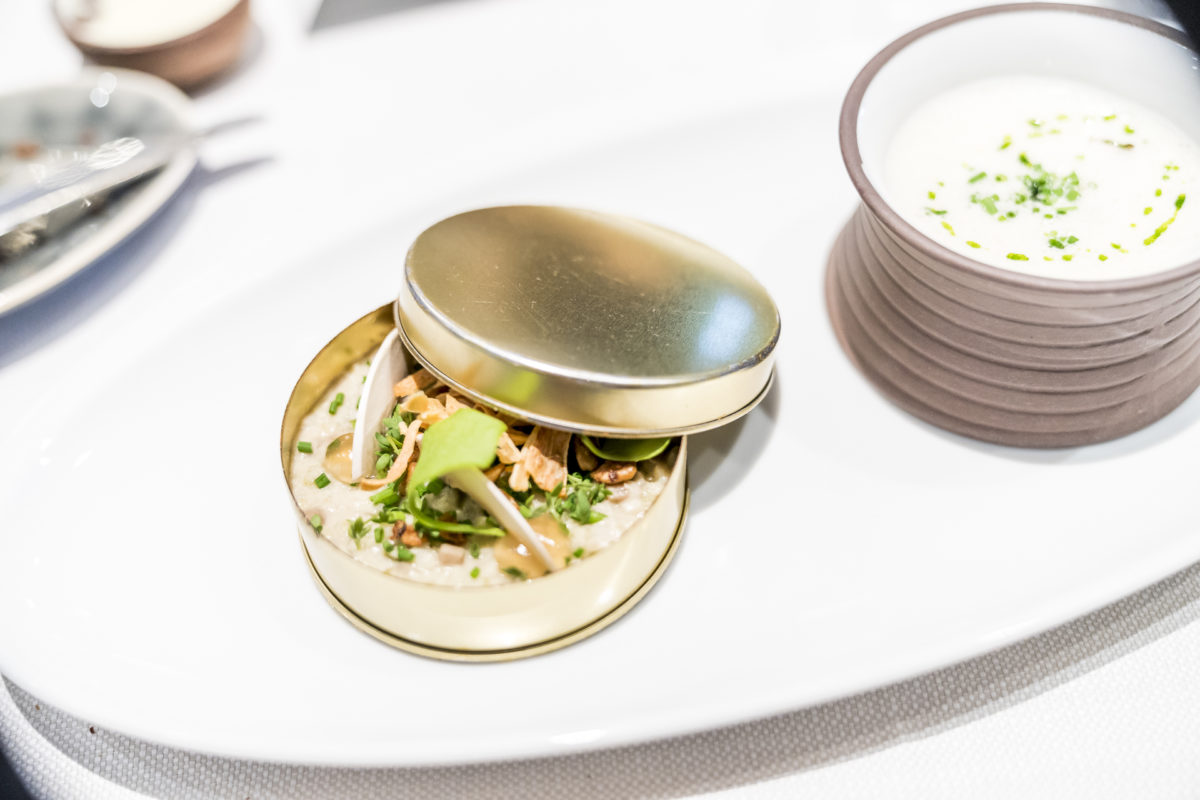
You can find a quick and healthy lunch refreshment at Urban Soup directly at the Viktualienmarkt. We passed by there with the Slow Down Walk and were allowed to “test sip” some soups. Conclusion: very tasty!
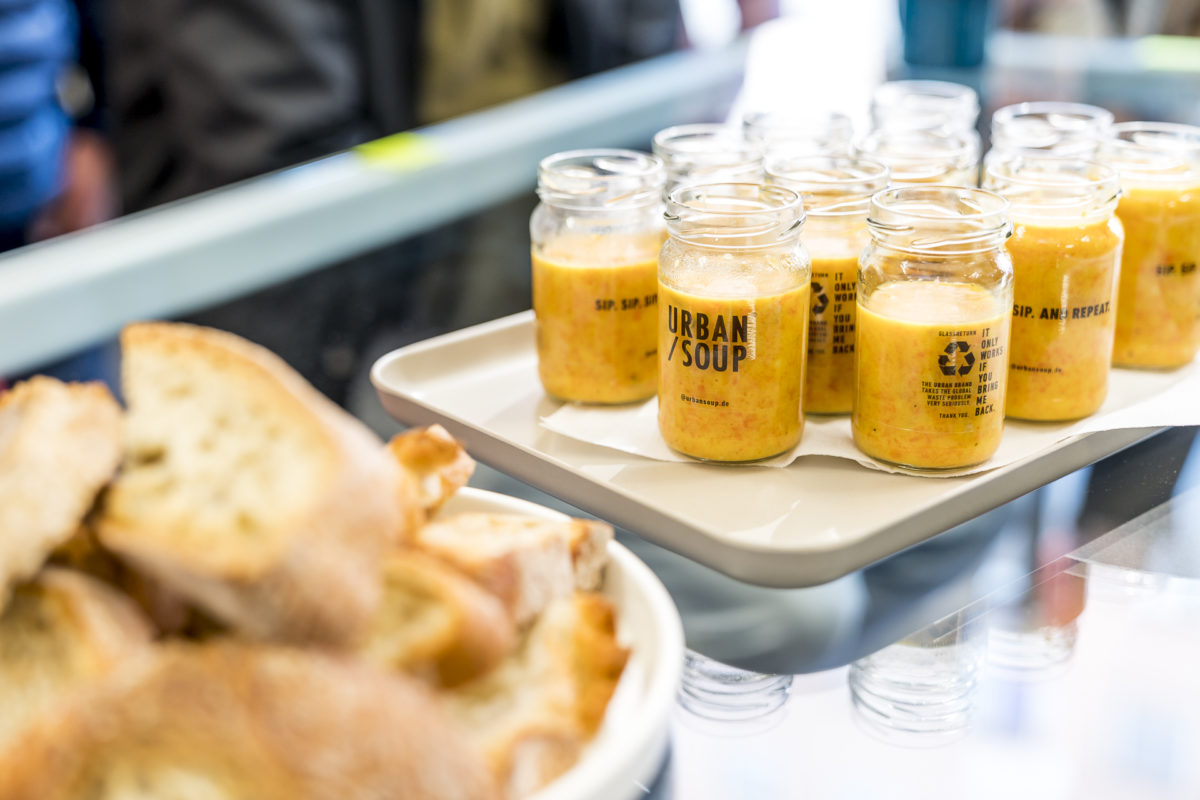
In addition to the masterpiece, I found two other recommended culinary stops in Haidhausen. Namely the True & 12 Handmade Ice Cream (Rosenheimer Str. 14) for a sweet break in between and the casual Juliet Rose Bar ( Rosenheimer Str. 15) for the nightcap after dinner at Meisterstück.
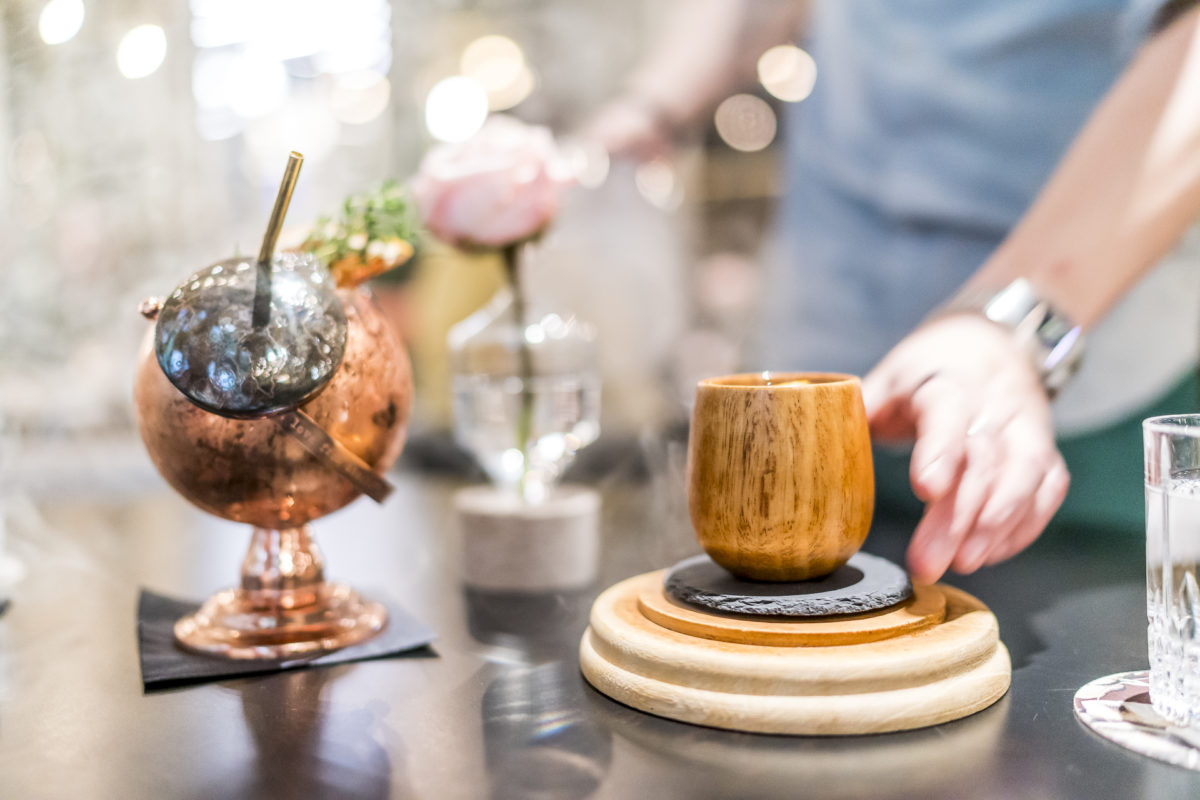
Hotel tip: casual place to stay near the train station
On the recommendation of Munich Tourism, we spent the night at Ruby Lilly at Stiglmaierplatz, where the long-established Löwenbräukeller is also located. Originally, I had considered the 25hours Hotel Bavaria or the Roomers as possible accommodations. But the Ruby Lilly turned out to be the perfect alternative. The hotel is within walking distance of Königsplatz (Kunstareal), Maximiliansplatz and the main train station. The lobby has a casual, airy design, the breakfast buffet is great (I rarely say that), and it doesn’t cost a fortune. Room rates vary depending on the season, occupancy, as well as room type (there are four categories) and start at around 140 CHF per night/room.
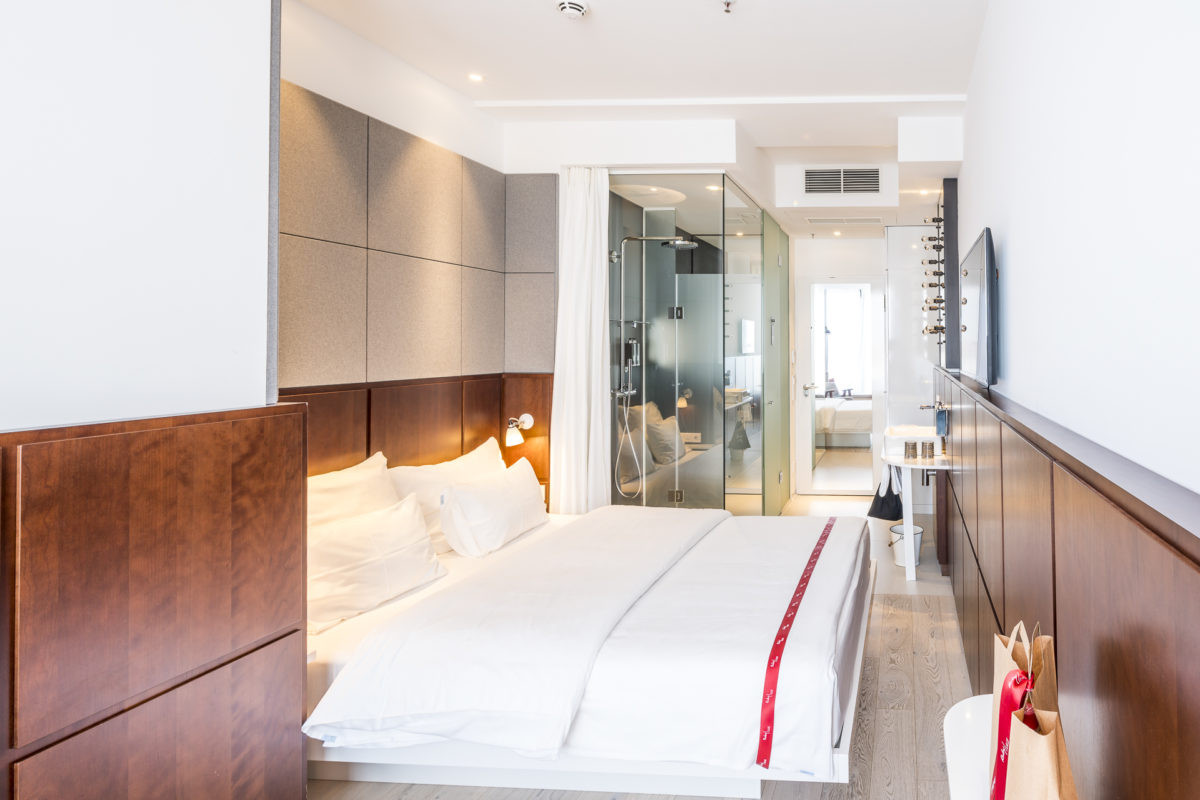
More practical tips for Munich
- It takes 5 hours to get from Zurich to Munich by train and 4 hours by bus (without traffic jams). We took the train on the way there and the IC bus on the way back – both tickets were the same price.
- If you want to travel in Munich by public transport and at the same time benefit from discounts at sights, the Munich Card (official guest card of the city of Munich) is a good choice. The Munich Card “Interior” (urban area without airport) costs 9.90 euros for one day, or the Munich City Pass costs 39.90 euros for one day. This not only gives you free travel, but also free admission to 45 museums, castles and other attractions.
- It’s just as quick and easy to get around Munich by bike. At Ruby Lilly, bicycles can be rented for 15 euros per 24 hours.
- And if you want to experience Munich in slow travel mode, I can recommend a city walk on the East-West Passage. On this tour, you will get completely new perspectives on the sights of the city center.
Note: this trip was supported by Munich Tourism. All impressions and opinions are, as always, ours


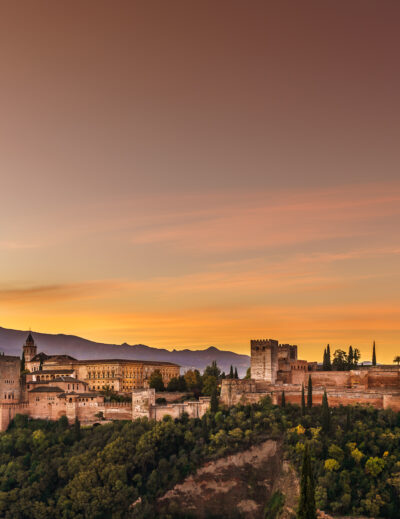
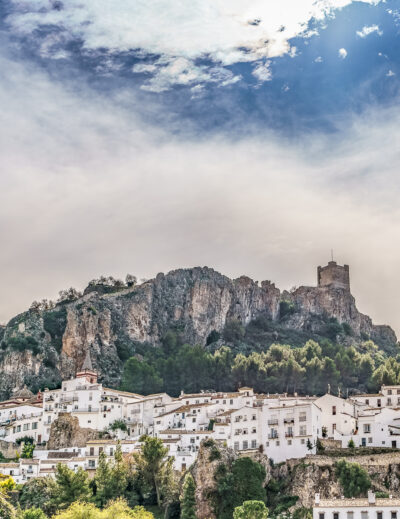
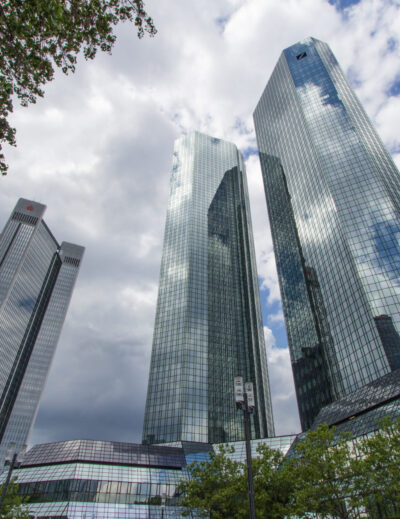
Leave a Reply